IKE AND PA CONSULTING JOIN FORCES TO DRIVE DIGITAL TRANSFORMATION
5 WAYS AI CAN BE USED TO PREVENT CYBER ATTACKS

IKE AND PA CONSULTING JOIN FORCES TO DRIVE DIGITAL TRANSFORMATION
5 WAYS AI CAN BE USED TO PREVENT CYBER ATTACKS
Senior telecommunications expert Dr Kim Larsen shares industry insights into working with the latest technology and innovation at some of Europe’s most exciting companies.
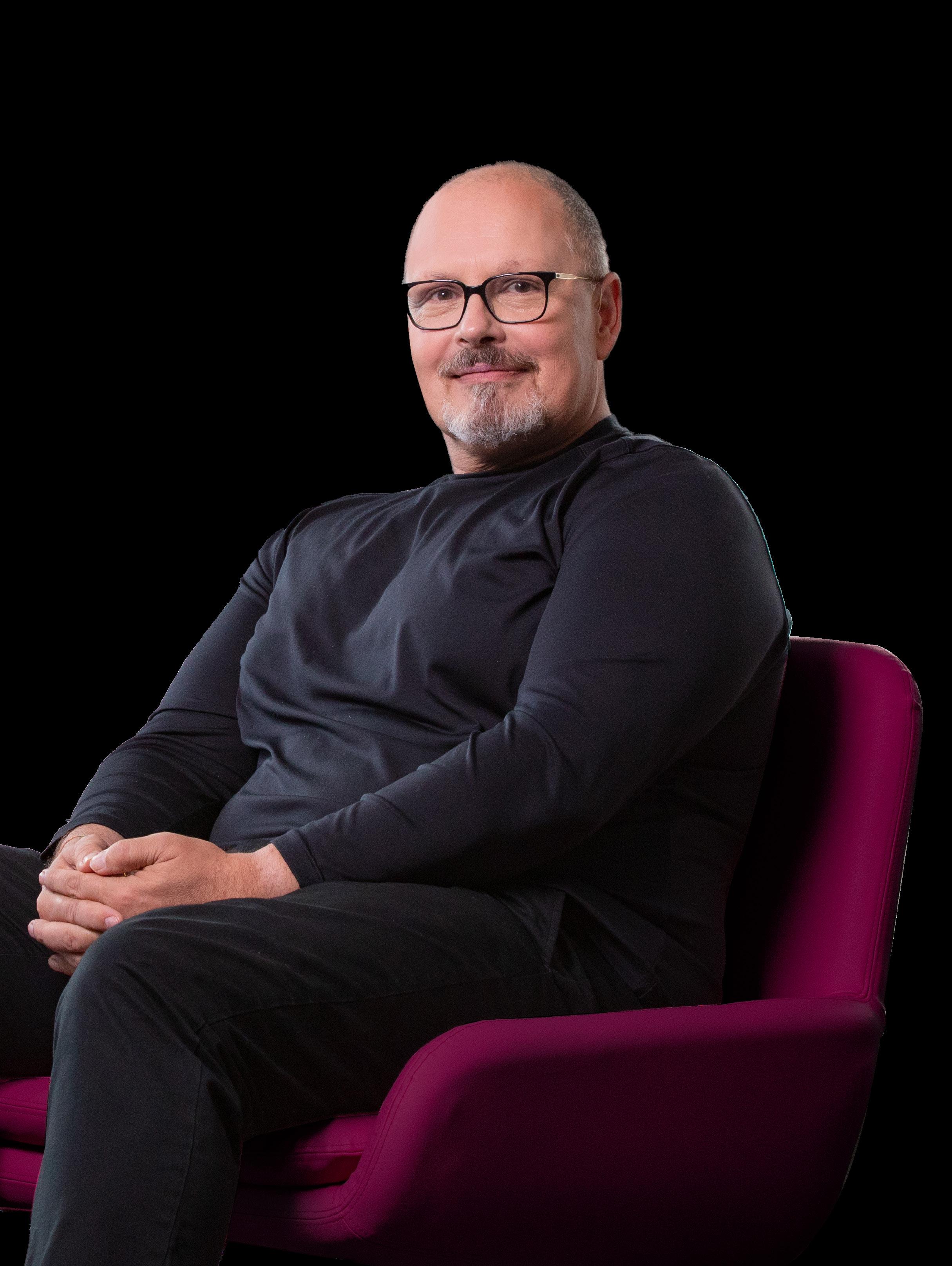
300+ Participants

2 5 + Speakers 10+ Sessions 2 Days

Our cover interview is with Dr Kim Larsen – a telecommunications industry expert who specialises in technology, finances, economics and business strategy. He joins us to discuss setting up his own boutique advisory company, the latest innovation he’s guiding as a board member at several European businesses and the future of the telecoms industry (p6).
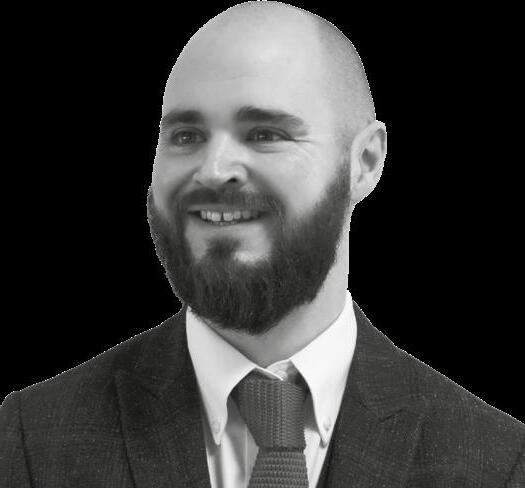
I sit down with Ronni Holmvig Strøm, CEO and Co-Founder at Privateers and Rasmus Thomsen, Brand Strategist and Business Designer, to learn more about the company’s drive to catalyse a collaborative revolution that will redefine the rules of engagement for digital transformation (p28).
In our tech features this month, we share three articles on how fintech is transforming businesses (p60), why you should reconceptualise your company’s approach to projects to avoid spiralling costs (p70) and five instances when AI can step up to support your cybersecurity measures (p80).
We are thrilled to share the latest European tech news with you and this month we’re covering a new cardiac disease diagnostic technology piloting in the UK (p20), the ethical research and AI-training specialist company that has received £25m of global tech investment (p48) and an exciting new strategic partnership between the Institute of Innovation and Knowledge Exchange and PA Consulting to catalyse innovation and drive digital transformation (p90).
Finally, our Startup of the Month is METTA GREEN DEEP TECH – a disruptive and innovative company looking to revolutionise agriculture, food tech and climate protection to secure a more sustainable and prosperous future for all (p100).
We hope you enjoy our latest edition. As always, if you would like to be considered as an interviewee or if you have a story for us, please do get in touch.
6
We sit down with Dr Kim Larsen to discuss the latest innovation in technology, networks and economics
80
5 ways AI can be used to prevent cyber attacks
7 ways fintech is revolutionising how businesses operate

90
Strategic partnership drive digital innovation and empower businesses




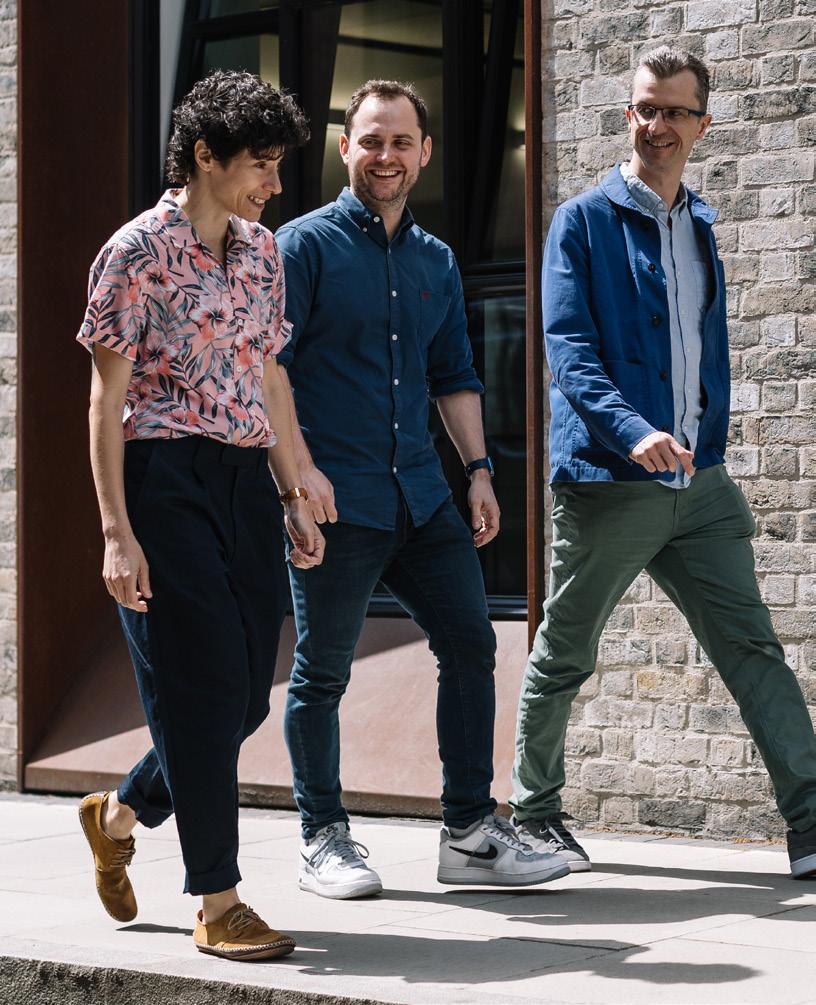
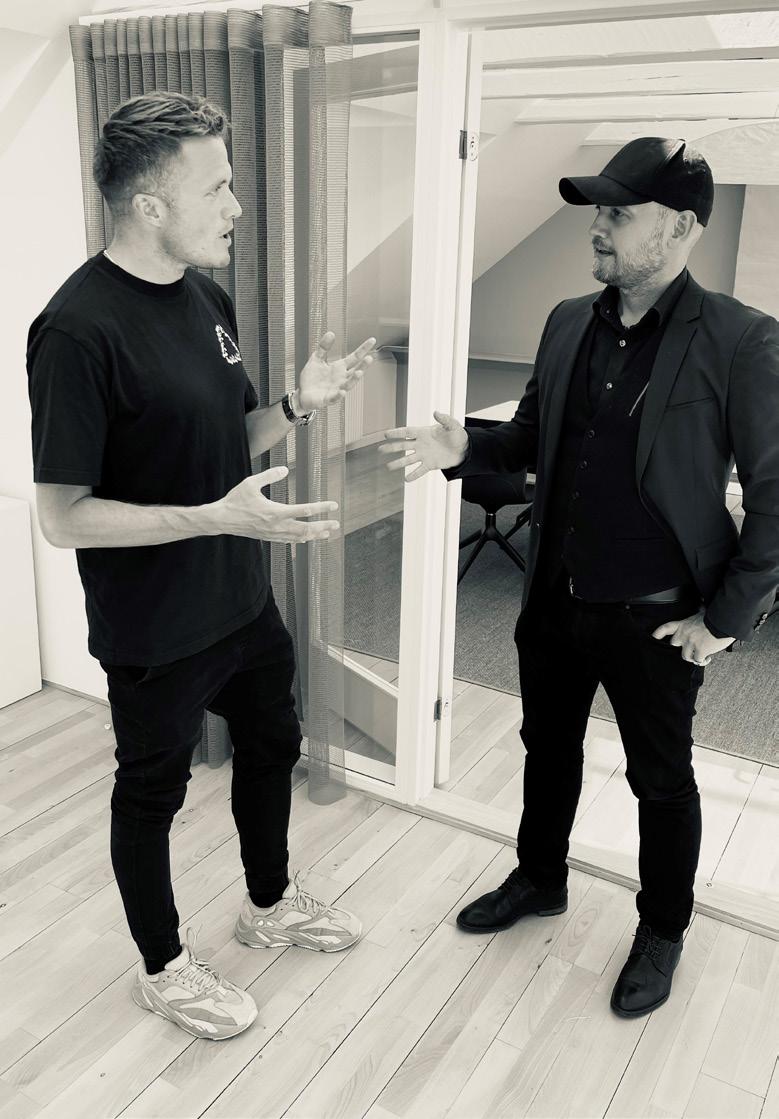

Senior telecommunications expert Dr Kim Larsen shares industry insights into working with the latest technology and innovation at some of Europe’s most exciting companies.
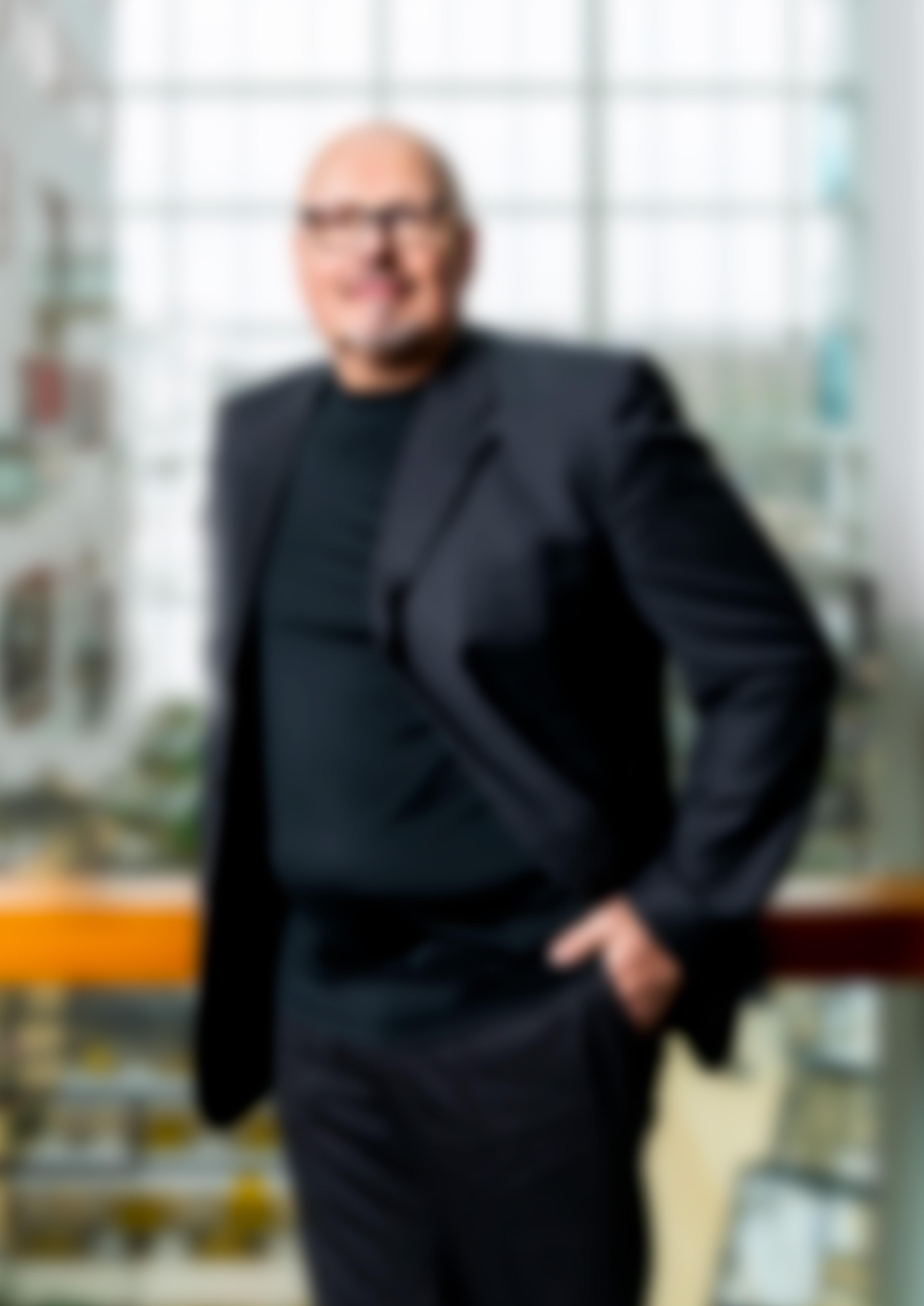
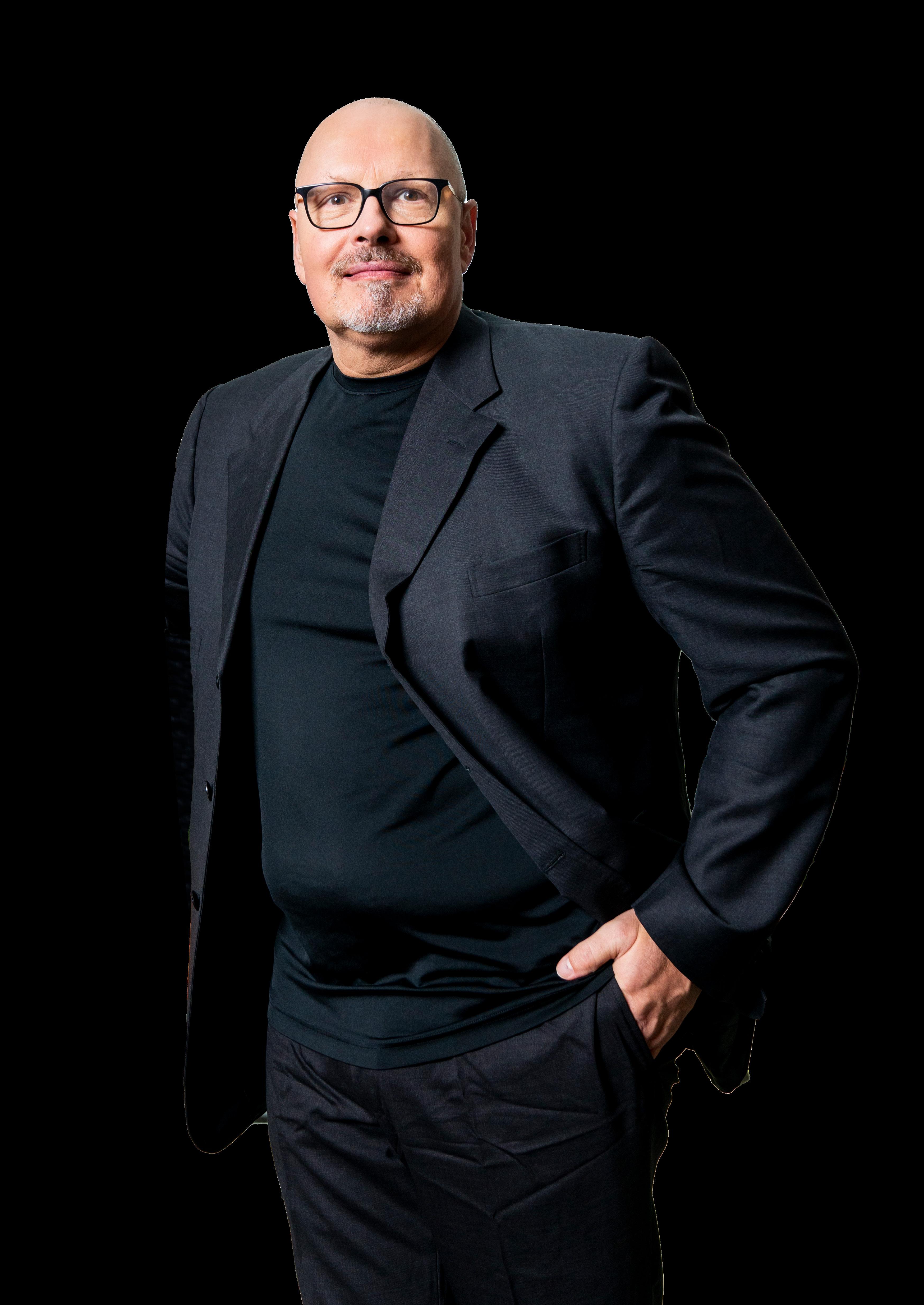
ince leaving his role as the Chief Technology and Information Officer at T-Mobile Netherlands, Kim has flourished with the flexibility and opportunity presented by board memberships and independent advisory roles.
We sat down with Kim for a Q&A conversation covering everything from moving back to Denmark and establishing his own boutique advisory company, to some of the most innovative technological developments at

Dr Kim Larsen has more than 20 years of experience at the leading edge of the telecommunications industry specialising in technological, financial, economic and business innovation.
the companies where he is a board member and the future of the telecoms industry.
It’s been a year since you left T-Mobile Netherlands – how are you doing?
“I’m doing fantastic!” begins Kim before providing some background on why he left the company.
In 2021, Deutsche Telekom (DT) and Tele2 closed their sale of T-Mobile Netherlands to a consortium of private equity funds advised by Apax Partners and Warburg Pincus.
At this stage, Kim was asked if he would stay for another five years to be part of the transition to the new owners – but he had already moved his family back to Denmark.
“I really love T-Mobile Netherlands, it’s where I grew up, started my career and built a lot of my initial experience,” says Kim. “I still remember the first time I returned to them after being gone for many years, and I got goosebumps walking in the backdoor, not having to be picked up in the reception, thinking I am home. Saying thank you, but no thank you, was not an easy decision.
“You have all these conflicting emotions because it would have been fantastic to stay and take the next step with the new owners with the same management team, and great colleagues, that brought T-Mobile to a very successful sale. On the other hand, I wanted to see my kids and wife much more than I did. I had promised them that I would be back in Denmark soon.
“So I agreed with Søren Abildgaard our CEO, that it was time to leave. I went on garden leave in February of 2022 and had about seven months to think about the future and what I wanted to do. I moved back to Denmark in September 2022, and in the meantime, I started my own company, TechNEconomY, an advisory boutique to help nontelco companies in particular that may not fully understand the telecoms industry, its technologies, its economics and how to optimise within it.”
Kim assumed he would have more time to ease into garden leave and he envisioned it, as the name suggests, in his garden. But rumours about his availability rippled throughout the telecoms industry, and almost immediately, companies started approaching him about what he might do next.
“At the time, I could count, on the one hand, my people network in Denmark as I never worked there and left right after my studies in the early 1990. It worried me a bit,” admits Kim.
At the time he did not want to secure a new permanent role, but the flexibility of adviser and consulting roles appealed, particularly if he could still work in his fields of expertise.
“I think I’m born in a lucky star,” says Kim. “I could continue working with industry and technology challenges that are my passion, such as innovation, economics and business strategies, while still studying, blogging, travelling, and, last but not least, importantly, having my family close to me. Also, as it turned out, one of the few people in my Danish network has been and continues to be of tremendous support in getting me introduced to new professional opportunities as an independent tech-econ advisor.”
Before we discuss some of these exciting enterprises, please can you tell us a little more about TechNEconomY?
“I’ve always been told that what I do is very special as I bridge technology and economics. I can go very deep into technology, and I can go very deep into economics, and put these two together. I’m allegedly a rare breed, and I love what I am doing,” Kim summarises.
“In my career, I've done much financial modelling as well as valuations alongside technology strategic thinking and economic modelling in areas such as sizing and merging telecom networks, building and operating networks. While I’m not of course unique, I have come to realise that my experience is fairly unique in our industry.
“I call this the shadowland between pure technology and pure economics.
Since then, Kim has joined several companies as a board member or senior adviser spanning traditional telecommunications, private equity, infrastructure providers and innovative technology companies offering disruptive software solutions to telecoms.
“For most of my career, one of my responsibilities was to ask how do we use technology to get the best economics out of a given technology and the network? How do we improve efficiency without jeopardising quality for our customers? I thrive on answering these questions: not just on a high
level but also providing detailed quantifiable and qualitative evidence for the proposed strategies.”
It is from this hybrid perspective that Kim drew the name for his boutique advisory company – bringing together the words technology, networks and economy to form TechNEconomY.
Can you share some insights into the exciting companies you work with as an adviser or board member?
Kim highlights five companies he is particularly proud to work with as a board member or in an advisory capacity.
First, he discusses his board membership with Tusass A/S, a telecommunications and postal
company in Greenland, where he is also the chair of the auditing committee.
Here Kim reiterates the scale of Greenland as a country, where most of its fifty-five thousand plus inhabitants live in the capital city, Nuuk, or small communities on the west coast. Greenland is about three times the size of Texas, and its length from north to south is similar to the length from the north of Norway down to the southern tip of Italy (almost 3,000 km).
Greenland’s harsh weather and geography pose extreme challenges for telecoms operating there. The availability of telecom services is paramount and often makes the difference between life and death.

“The challenge in Greenland and for Tussas is how do you make and protect a communications network and its services at the highest level of availability in such a huge country with a really aggressive and inhospitable climate? Just imagine operating and maintaining a telecoms network under such conditions,” says Kim.
“Tusass are making use of sea cables as well as advanced satellite solutions safeguarding traffic in and out of Greenland,” says Kim. “Furthermore, we have long-haul microwave transport links connecting settlements along the coast alongside 4G and 5G cellular coverage solutions to ensure that the Greenlandic population can enjoy high-quality internet services demanded today. They are deploying innovative technologies to ensure that their service engineers and technicians can maintain the network for their customers, while keeping security and monitoring visibility front and centre in their operations. For Greenland, the Tusass network is undoubtedly the definition of critical infrastructure delivering affordable services under extreme conditions. I have tremendous respect for Kristian Reinert Davidsen, CEO, and
his Tusass organisation which keeps it all together with such an impressively high level of quality and availability.
“I find it so impressive that the company overcomes all these obstacles and still runs a very solid, healthy business for the people of Greenland who want to be connected, to get their kids educated and to enjoy the same high quality of life that comes with services like high-speed internet and television streaming services. This can only be done by an incredible commitment from the people of Tusass with everyone understanding of the importance this has to each individual in Greenland.”
Second, Kim celebrates his work as a non-executive board member with the leading open fibre provider Fiberhost, with headquarters in Wielkopolska, Poland. Here, Kim works closely with Fiberhost's CEO Marta Wojciechowska and her management team, in particular on technology and operational challenges.
“So when we look at Europe in general, it's quite clear that having fibre to the home and rolling out broadband services has
become a very important and key element for digitalisation of our society in particular and Europe in general,” says Kim. “And this is not just in the big cities, which are practically and economically fairly easy to connect, but also in rural areas where the costs usually begin to climb due to longer distances before a customer can be connected. These digitally underdeveloped areas, white spots, are of high and critical social importance to include in the overall digitisation push that we see at the moment.
“The idea of an open fibre company, such as Fiberhost, is that they are specialised in rolling out optical fibres, not ‘just’ for a single retail business, but they open their fibre network, via a wholesale business model, to any business that who requires high-quality fibre access to new customers.
“You have the telcos, in Poland, like Orange, T-Mobile, Play and other local ISPs, that buy access to Fiberhost’s network. Open fibre
simply means that customers are not captive to a particular telecom or ISP provider. Fiberhost’s business model opens up the fibre service like a supermarket: everybody can come in, they can buy what they like, and they’re one of the leading fibre companies in Poland in terms of that. They also have a leading retail broadband business, called Inea, which works very well too.
“Fibre deployment is the hot topic at the moment in telecoms whenever you look at their budgets across Europe. Much cash is being allocated in telco’s budgets to finance building or acquiring fibre networks and connecting the fibre to people's homes providing superior broadband services to their customers. What excites me about the technology is that fibre networks are the absolute most green and sustainable way, by a very large margin, to provide superior broadband to customers' homes.”
Fibre deployment is the hot topic at the moment in telecoms whenever you look at their budgets across Europe
Kim lauds the chance to work with network optimisation solution providers like Opanga as an advisor to their industry advisory board, Benocs as an advisory board member, and Anodots as a collaborator since 2017.
“Opanga is a fascinating and truly innovative company,” says Kim. “Using AI and machine learning, they have developed their solution to manage operator data traffic flows, reduce network congestion and thereby leap-frog customer quality while saving Capex and Opex. In particular, their solution addresses network situations where a limited number of customer data usage (e.g.,
streaming videos) are taking up a disproportionate amount of resources within the cellular network.
“You would normally have to incur capital investments into your network because of that congestion, or near-congestion, in order to recover the customers’ service quality which is suffering because of a few customers’ usage patterns. Your option before Opanga was to add increasingly more network capacity to the cellular infrastructure. Such investments were directly caused by a few customers’ usage patterns, impacting the quality of many due to the congestion

caused by them. This is not a good investment logic, obviously.
“Instead, Opanga’s solution optimises those traffic congestionimpacting flows and results in an overall increase in service quality and customer experience. The beauty of the solution is that the few traffic patterns causing the cellular congestion continue without degradation, and allow the many traffic patterns that were impacted by the few to continue at their optimum customer experience level. Overall, many more customers are happy with their service. The operator avoids an investment of relatively poor return and can either save the capital or channel it into a much higher IRR (internal rate of return) investment. I have seen real tangible customer improvements that on average exceed 30+ per cent improvement to congested cells. Another major advantage is that it does not involve third-party network vendors and can be up and running within weeks with an investment that easily is paid back within a few months.
“Opanga’s product pipeline is tailormade to alleviate telecom’s biggest and thorniest challenges. Their latest product, with the appropriate name Joules, enables substantial radio access network energy savings above and beyond what features the
telcos have installed from their Radio Access Network suppliers.”
The other network optimisation company Kim is thrilled to collaborate with is Benocs, a German and Deutsche Telekom affiliated company that removes internet traffic complexity by providing real-time network visibility and optimisation tools to content delivery networks and service providers.
“Benocs have built a solution around the operators’ pain points helping technology and telecom operators to gain more visibility into particular transport sides of their network,” summarises Kim. “These might be big ISPs or transit networks who are asking questions about their traffic flow and how to optimise interconnect flows and big exchange flows.
“So, this is a super solution and very, very important tool for telecoms which are connected to the outside world and have substantial volumes of traffic passing through their network. Users get very detailed visibility. Considering the huge amount of data that flows across all the telecoms in the world, you can imagine the massive amount of data. But Benocs helps them break down the flows and actually understand how these flows are
optimised in the way that they flow from point A to B, between one network and another, and also lets them see if something has been mischaracterised.
“Benocs have strengthened their innovative offering by teaming up with Anodot, an Israeli company, that has been developing some of the most advanced anomaly detection algorithms in the industry. Anodot is one of my favourite companies that is also branching into cloud cost management and business monitoring.
“By teaming up with Anodots, Benocs can look at all the traffic flows and detect anomalous behaviours, which can help users troubleshoot almost in real-time on configuration issues or topics that need immediate attention.”
Based on your work with all these innovative companies, what are some of the biggest challenges and most disruptive technologies you see emerging in the coming years?
But specifically for the telecom industry, Kim describes how it is almost impossible for cellular companies to halt or reduce their 5G investments, because operators are competing to offer the best quality service – trapping them in an upward spiral of costs. But Kim argues there is little economic rationale for such strategies having an incredible amount of raw capacity and quality provisioned in their cellular networks long before their customers might demand it. A substantial amount of capital expenses, particularly in Europe, are being incurred with the singleminded attempt of having a benchmark-company (e.g. Ookla, Umlaut, etc) issue an award that tells them they are some percentage points better than their nearest competitor. A difference that most, if any, customers would simply not notice, according to Kim.
Kim highlights the current economic situation where inflation has increased costs for businesses in almost every sector worldwide.
“This leads to a related problem because as these companies invest more aggressively into increasingly higher capability 5G infrastructure, their operating expenses – driven by factors like energy and complexity costs – increase dramatically,” explains Kim.
“The impact this has on the environment is huge, and companies
Fibre broadband is a green technology, and it is a responsible broadband technology
will need to be very conscious of their sustainability and consumption. Even if many today are running the cellular infrastructures on green energy, I guess we can all agree that it is not an excuse for unconstrained consumption of that precious resource.”
Kim sees technological innovation as a solution, but he also believes in re-conceptualising the balance
of developing high-quality fibre to the home and 5G, with the former alleviating pressure on the latter. Fibre broadband is a green technology, and it is a responsible broadband technology.
“I am of the opinion that 5G and the expectations of 6G, cellular broadband, may take us down a path that is very far from green and sustainable. Fibre-based fixed

broadband and 5G cellular services should be optimised in a way we don't yet do today and protect both the shareholders’ economic and our environment,” summarises Kim.

Alongside these challenges, Kim identifies several disruptive technologies that will impact telecom and technology companies in the coming years:
• Low Earth Satellite solutions are becoming more prevalent, particularly providing good broadband services in rural areas, substituting existing poor fixed-mobile services found there, identifies Kim.
• Stratospheric Drones that can provide high-quality coverage on the ground, which might become increasingly important for service provision in suburban and rural areas, but also as an upgrade to the global security industry for monitoring purposes. Kim thinks we are actually
approaching an age of non-terrestrial networks in general.
• Emerging technology reconciling the issues posed by 5G power consumption versus fibre broadband. With fibre everywhere (or nearly so), the need for 5G and 6G cellular networks may become obsolete in the way it is deployed today, according to Kim.
• Generative AI transferring to the technology environment is a rapidly evolving phenomenon. Kim expects a lot from agent-based (narrowly defined) generative AI applications for autonomous operations of critical infrastructure in general and as critical components in new architectural concepts.
For further insights from Dr Kim and to learn more about his boutique advisory company, visit techneconomyblog.com.
“I read a lot and am always busy with 1 or 2 books,” says Kim. “I just finished From Data to Quanta by Slobodan Perovic about Niels Bohr’s vision of physics. And I am now reading American Prometheus: The Triumph and Tragedy of J. Robert Oppenheimer by Kai Bird and Martin Sherwin. Moreover, I am reading up on 6G with ‘Shaping Future 6G Networks’ by Emmanuel Bertin, and with ‘Spectrum Sharing – The Next Frontier in Wireless Networks’ by Constantinos Papadias I am extending my knowledge of various frequency spectrum-sharing technologies that have, and are, being considered.”
Kim looks forward to TM Forum’s DTW – Ignite, 19-21 Sept 2023, Copenhagen. “This event is particularly interesting around cloud technologies in general and telco cloud in particular,” says Kim. “I expect there will be a lot of exciting news on autonomous networking, new architectural concepts, practical usecases of generative AI and so forth.”

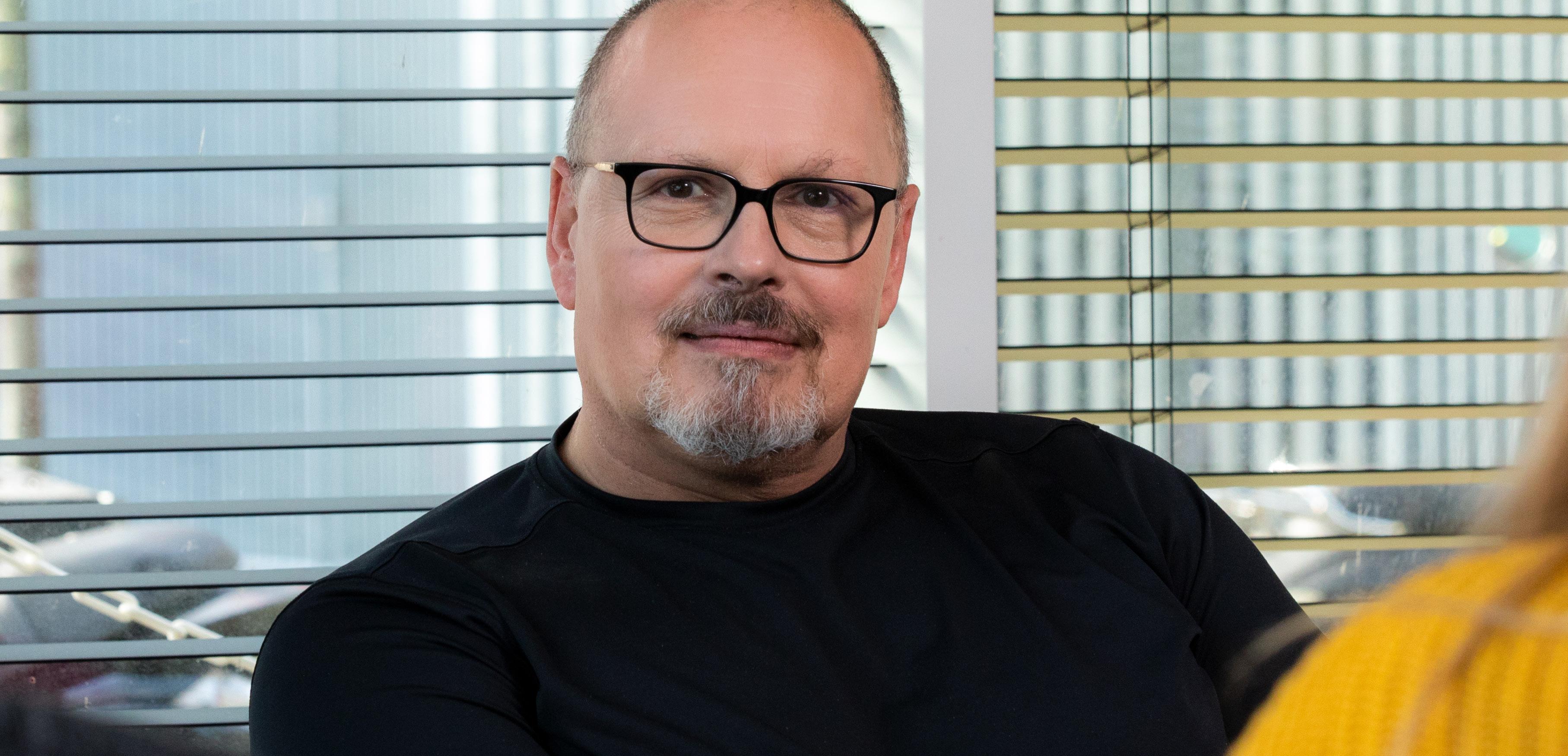
If readers would like to learn more, where is best to follow you?
“At www.techneconomyblog.com you will find lots of my thoughts, articles, and techno-economical analysis that I share with my readers.
“Visit www.aistrategyblog.com where I have been engaged in machine learning and AI development for many years, even before it became mainstream and everyone started to have an opinion. I have particularly been studying how normal non-technology people perceive and trust AI. The blog share some of the research work I have conducted over the years.
“My LinkedIn profile. I tend to be very active there with respect to industry discussions.”
Caristo Diagnostics Limited to deploy CaRi-Heart® technology in pilot with NHS England



CARISTO DIAGNOSTICS LIMITED, A GLOBAL LEADER IN CARDIAC AND VASCULAR DISEASE DIAGNOSTICS AND RISK PREDICTION, IS DEPLOYING ITS LATEST CARI-HEART® TECHNOLOGY IN NATIONAL HEALTH SERVICE (NHS)

HOSPITALS AS PART OF A NEW CORONARY ARTERY DISEASE (CAD) MANAGEMENT PATHWAY PILOT.
The new pilot supported by NHS England will involve five NHS trusts, including University Hospitals of Leicester NHS Trust, Liverpool Heart and Chest Hospitals
NHS Foundation Trust, Milton Keynes University Hospital
NHS Foundation Trust, Oxford University Hospitals NHS Foundation Trust and Royal
Wolverhampton NHS Trust. As part of the pilot, patients visiting Rapid Access Chest Pain Clinics (RACPCs) who undergo a CCTA scan as per NICE guidance, will have their scan analysed by the CaRi-Heart platform in order to help healthcare professionals better assess patients' cardiac risk to optimise medical management.
The latest CaRi-Heart platform was released recently for UK and EU markets and can detect both coronary inflammation and atherosclerosis (plaque), based on routine cardiac CT scans. CaRi-Heart's newest product component, the CaRi-PlaqueTM module, is a webbased software medical device designed for trained operators

to analyse cardiac computed tomography angiography (CCTA) data for characterisation and quantification of coronary plaque components. Trained operators can use the CaRi-Plaque module to generate a report describing the physical characteristics of coronary plaque powered by artificial intelligence (AI) algorithms.




The CaRi-Heart report quantifies coronary inflammation via the patientspecific Fat Attenuation Index ScoreTM (FAI ScoreTM), which is a novel and patented biomarker for the measurement of coronary inflammation, measured for each coronary artery. The CaRi-Heart report also provides the CaRi-Heart Risk, which assesses the overall 8-year risk of a fatal heart attack (based on coronary inflammation status, plaque, and clinical risks factors). Research studies have shown that abnormal FAI is associated with a 6-9 times higher risk for fatal heart attacks and 5 times higher risk for non-fatal heart attacks.
“Inflammation plays an important part in the development of atherosclerosis and is a strong predictor of cardiovascular disease progression and events,” says Professor Keith Channon, Caristo Diagnostics Chief Medical Officer. “Previously, chest pain clinics have returned most
patients back to primary care without a defined prevention or treatment pathway. With coronary inflammation and plaque evaluation provided by the CaRiHeart analysis, the clinical team will be able to use the additional information to identify at-risk patients more effectively and optimise their treatment, so future cardiac events can be prevented.”
“Caristo and our clinical partners are excited about this groundbreaking clinical initiative supported by NHS England,” says Frank Cheng, Caristo Diagnostics CEO. “We anticipate that this real-world implementation will pave the way for the CaRi-Heart technology to be broadly adopted both across the NHS and around the world.”


Source: Carsito Diagnostics

“CARISTO
Frank Cheng, Caristo

OUR CLINICAL PARTNERS ARE THIS GROUND-BREAKING CLINICAL SUPPORTED BY NHS ENGLAND”
Caristo Diagnostics CEO
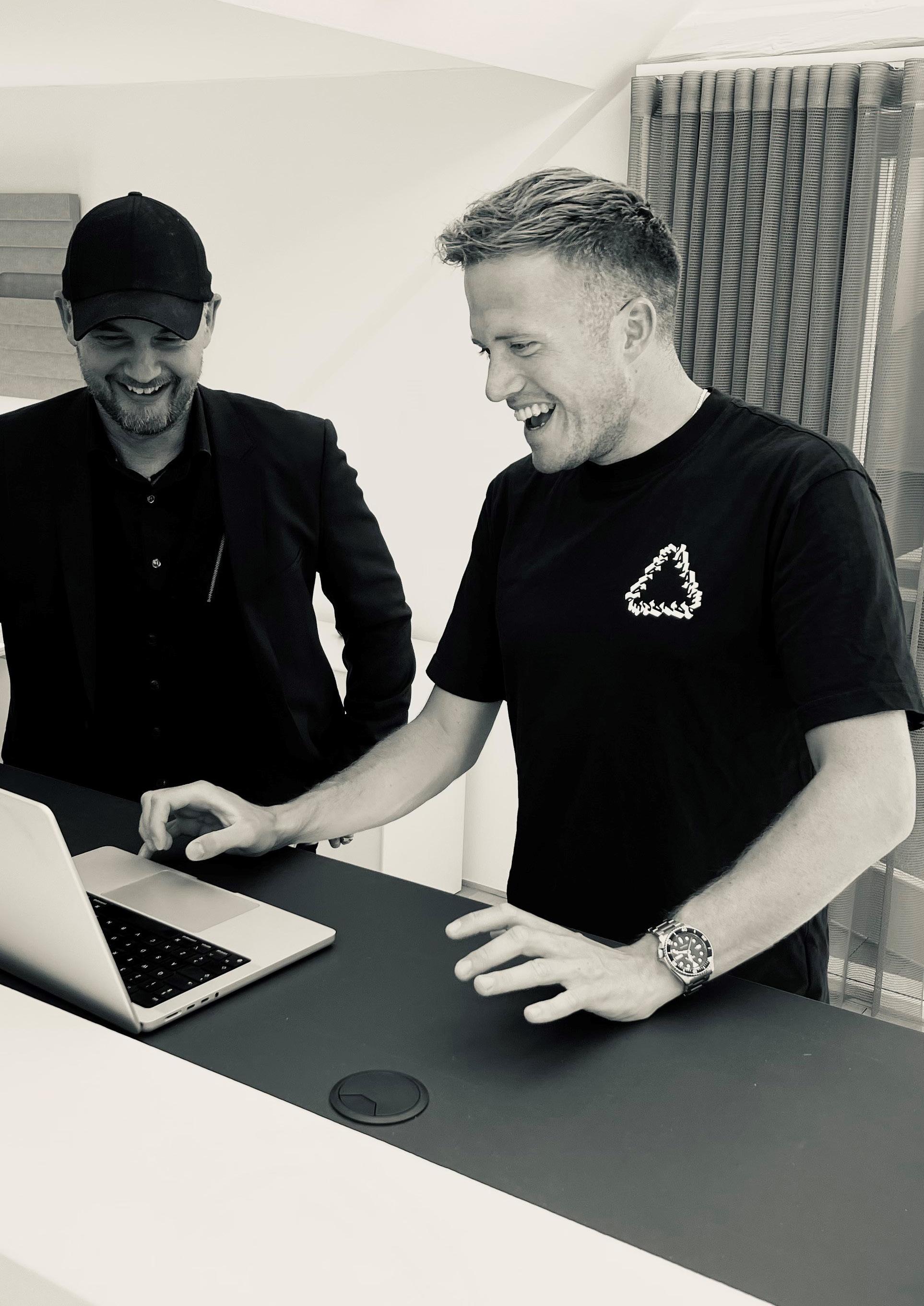


t operates as an umbrella collaboration between different agencies and individual consultants who team up to deliver major digital projects for large companies.
Privateers connects big businesses with the right talent pool of freelancers and leaner digital agencies, simultaneously helping those clients
thrive and lean into the pace and pressure of digital transformation and innovation – swiftly, efficiently and effectively.
Here to tell us more about the thinking behind Privateers and how the company operates are Ronni Holmvig Strøm, CEO and Co-Founder and Rasmus Thomsen, Brand Strategist and Business Designer.
“The inception of Privateers was organic,” begins Ronni. “The original thinking behind the company was birthed from a series of ideas and frustrations in combination.
“The first frustration we saw was a continuous challenge in the way that big companies were trying to acquire talent for digital projects or transformations, which seemed to be becoming more and more difficult. Large corporations with complex digital strategies were finding it hard to identify the right individuals to engage with,
know how to pick them and then successfully have them collaborate both with their internal teams and together as freelancers. For many companies, the process was a bit of a gamble.
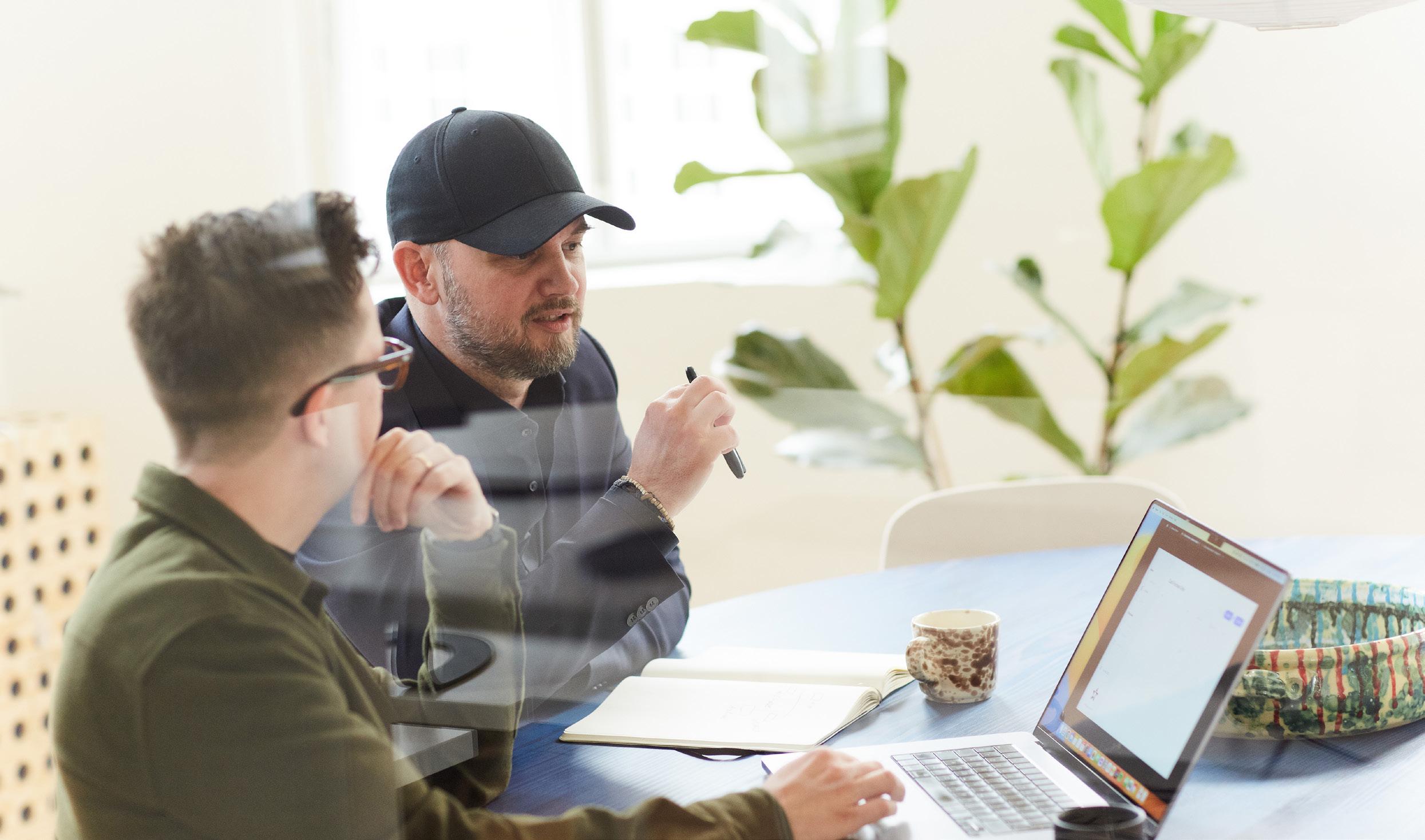
“The only real alternative large corporations had was to engage with big consultancies that obviously had a lot of competency and experience at their disposal, but also came at a steep cost. But even in this expensive scenario results weren’t guaranteed and the process came with risks.
“The second challenge we observed was that during digital
projects or transformations, companies often began with an overwhelming amount of input in terms of strategy and direction. But sometimes the teams in charge of undertaking the endeavours would then be left alone in terms of executing a set strategy, getting to the benefits in the business case or reaching the end of the journey. This would be doubly challenging if it was a journey into the unknown for corporations. Innovation and transformation do not necessarily gravitate around the core capabilities that you have as a business – it’s often a venture into new territory. You are relying

on some inspiration to get there along with know-how about how to get things done.
“Privateers is, more than anything, an attempt to make a resilient and fast connection between bigger companies and the right talent pool, where engagement is efficient and swift. But don’t mistake us for another freelance broker. We are not. On the contrary, we don’t mind working together with brokers, but Privateers represents a collaboration between highly skilled digital talent and a certain work ethic and methodology, where the goal is to reach the
“DURING COVID, THERE WAS A BIG MOVEMENT TOWARDS YOUR OWN INDIVIDUALITY IN TERMS OF YOUR APPROACH TO WORK. IT’S A NEW WAY OF WORKING AND LED TO A NEW WAY OF ENGAGING WITH DIGITAL TRANSFORMATION AND INNOVATION AND THE BIG CORPORATIONS NEED A NEW PATH TOWARDS ENGAGEMENT”
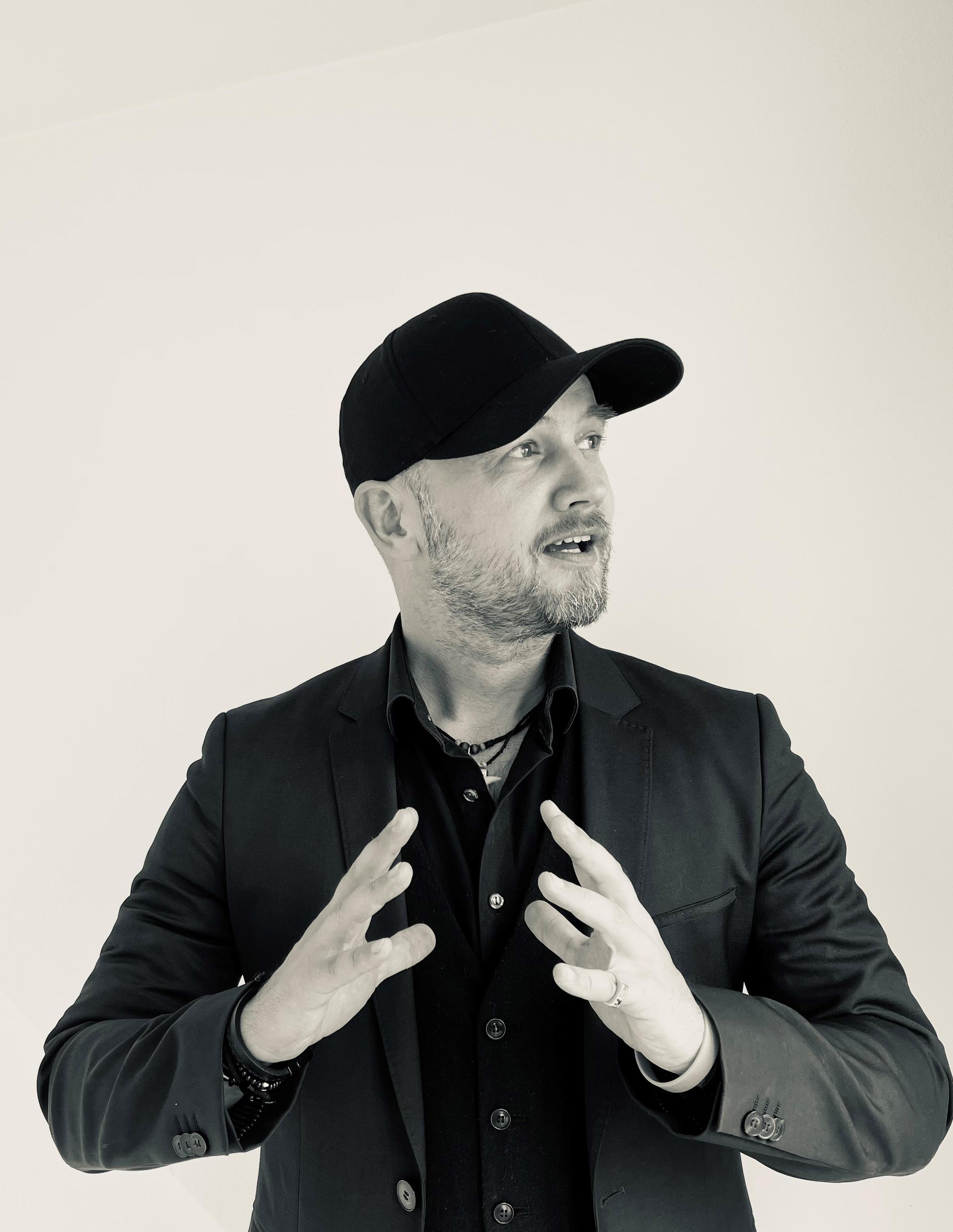
benefits of the business case or strategy rapidly, effectively and safely.
“It's also a response to a trend that we seem to be observing, where a lot of the incredibly competent talent within digital transformation and design industries seem to value freedom and independence more than anything – more than being a part of a large organisation or business. So they have established themselves more and more either as individual freelancers or small agencies, possibly because there is a degree of creativity that comes with it. These people value creative space, creative freedom and maybe have other values than big corporate life. But this major talent pool exists in a way that is still partly connected with big business so requires a new approach that's different from what we've seen before.”
Ronni believes the COVID pandemic was a catalyst for this new trend. “The pandemic definitively disproved the myth that when you work outside a traditional office environment you don't work as efficiently,” insists Ronni. “During COVID, there was a big movement towards your own individuality in terms of your approach to work. It’s a new way of working and led to a
new way of engaging with digital transformation and innovation and the big corporations need a new path towards engagement.”
Rasmus weighs in here as a freelance Brand Strategist and Business Designer operating under the Privateers umbrella. He adds that 10 years ago, there was a trend in Europe where a limited number of large design agencies dominated the sector. Ever since then, according to Rasmus, there’s been a shift towards the freelance movement.
“When agencies grow past a certain point, you focus less and less on the actual work that made you become a creative,” says Rasmus. “You spend more and more time on finding a client, getting more hours and making sure that the projects don’t stop because you need to feed this big machine that is the large agency.”
Rasmus recalls wanting to nurture the passion for creativity and freedom freelancing provided to him, but also the feeling of being alone and vulnerable as a freelancer.
“Although I learned my consulting business strategy, I'm not necessarily a businessman,” says
Rasmus. “I remember the first big projects I took part in with a group of freelancers. We looked at each other and said, ‘Who's going to draft up the contracts?’, ‘Who's going to send the invoice?’ among other questions about business formalities.
“Working with Privateers is the first time where, as a freelancer, I can go in and work as part of a set team with structures in place. These structures protect me and reassure me that the projects are safe, there’s a solid agreement with the client and we can just focus on doing the creative work we need to do. It significantly reduces the risk for us.”
Privateers’ core mission is to connect large businesses with the right talent pool of freelancers like Rasmus and leaner digital agencies. Ronni elaborates on how the company also helps those clients adapt to the pace and pressure of digital transformation and innovation efficiently and swiftly.
“When we put ourselves in the shoes of any executive or C-level representative, it is clear they have incredible challenges ahead of them. These are exciting opportunities, for sure, but they're also very intimidating and require a lot of thinking and planning – especially if the projects sit outside the client’s core competencies or business capabilities.
“We have an enormous amount of respect for the situation that many big companies are in with regards to the rapid pace of and demands presented by digital transformation,” explains Ronni.
“Digital transformation is essential because if you don't embrace it, then you're setting yourself up for failure no matter what industry or business you're in. When we initially speak to clients, they might have a corporate strategy to tap into or maybe even be at the forefront of digital innovation. They identify digital transformation as a key component in their corporate journey for the next few years. But that realisation is just step number one. Then you need to take step number two, which is to elaborate on digital transformation and break it down. Not just in terms of strategic goals, but actual engagements, projects, programmes, portfolios, KPIs and more. Step 2 involves a significant investment of resources.
“If you're a senior or C-level executive overseeing this investment, you are relying heavily on people with the know-how and the skills to guide you
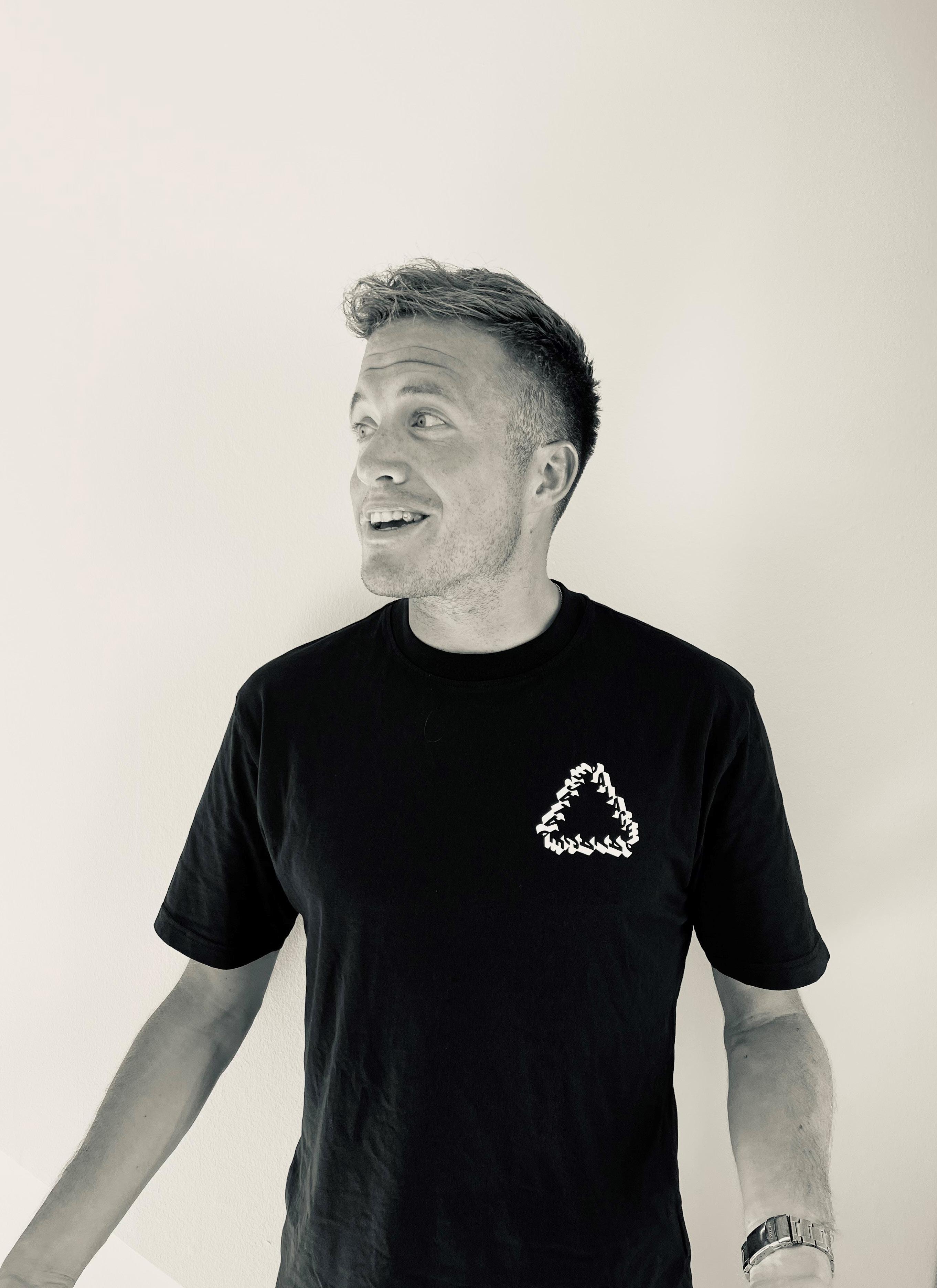
“WORKING WITH PRIVATEERS IS THE FIRST TIME WHERE, AS A FREELANCER, I CAN GO IN AND WORK AS PART OF A SET TEAM WITH STRUCTURES IN PLACE. THESE STRUCTURES PROTECT ME AND REASSURE ME THAT THE PROJECTS ARE SAFE”
Rasmus Thomsen, Brand Strategist and Business Designer
into that unknown. But more than this, you need people who help you determine not only what the business case of it is, but also how you get results from that business case. You can, of course, depend on the organisation that you already have. You can try to retrain skilled people that have some experience and know what they're doing. That's challenging in itself. But it's especially difficult to attract external talent that has experience operating in various different businesses, drawing on multiple relevant perspectives and wielding the know-how from in-depth research in these fields. How do you venture into that unknown and get tangible business results out of it? The talent is difficult to find, but it absolutely does exist – and that's what we represent at Privateers.”
The other important dynamic Ronni underscores at Privateers is speed.
“It is challenging for bigger businesses with many components to operate swiftly but also effectively,” says Ronni. “You need help to ignite transformation and maintain velocity so you don't fall behind or suffer project disruption. Here is where Privateers shines because it is one of our major competencies to engage at a high level, at an early stage, kickstarting
the velocity of transformation very efficiently and effectively.”
When asked to describe a project where Privateers’ new wave workforce and dynamic approach to digital transformation truly shone, Ronni highlights Gateway, made by Garrets International.
Gateway is a new digital platform for global provision management in the maritime industry. It is a rare case of true digital disruption for the sector because Gateway presents a digital and radically more efficient alternative to tangible work processes that were done by manual and cumbersome means for the past 70+ years.
Gateway came to life when Privateers carefully talked through strategic direction, financial goals and digital ambitions for Garrets International, firstly with the executive management. This enabled Privateers to gather the right talent in terms of digital strategists and design thinkers who facilitated multiple sessions in quick succession with all relevant stakeholders in the business, from the CEO and C-level executives to operations and sales specialists. Within the context of the sessions, Privateers asked everyone to leave titles at the doorstep and engage
as equals within the context of innovative design thinking.
Today, two and a half years later, Gateway is a global market leader in terms of digital maritime services. And with the roadmap Gateway currently has, there are many exciting and bigger innovations in store for the future at Garrets International.

What if you could order or count your stock within minutes?

We’re introducing Gateway — the faster and smarter way of ordering provisions, bonded and non-food including managing budget and stocktaking on board.
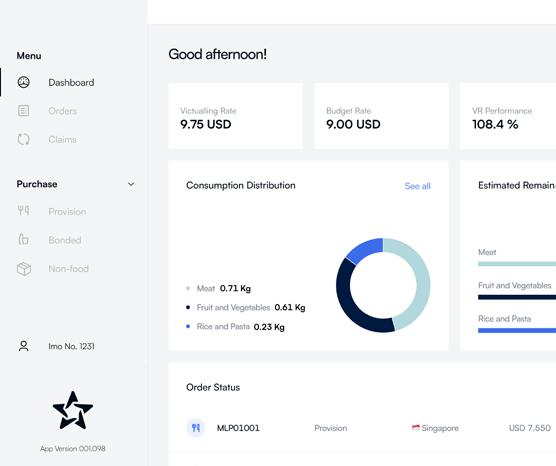
“The Gateway project is a phenomenal example of how we operate at Privateers,” says Ronni. “When we started the transformation endeavour with Garrets International it commenced at a highly strategic point to engage in a digital transformation with them. Our work together began two and a half years ago. The first thing we
“GATEWAY IS A GLOBAL MARKET LEADER IN TERMS OF DIGITAL MARITIME SERVICES. AND WITH THE ROADMAP GATEWAY CURRENTLY HAS,
did was engage in thorough and productive talks with the C-level management. We asked: What are the ambitions? What is the risk willingness? What is the intended business case and benefit that you want out of it? When we started there were no tangible products, services or even concepts formulated yet.
“Once we answered these questions, then we could engage incisively and efficiently with all layers of Garrets simultaneously, including everybody from board members and even the CEO, to the people in operations and on the forefront of sales. We gathered all these people together physically, managed to leave all titles at the doorstep and then facilitated a highly focused, collaborative process. Within a few days, we conceptualised the goals and targets at the highest strategic levels but also how to get there. Traditionally this process could have taken months of analysis and come at a steep cost, with going back and forth in various

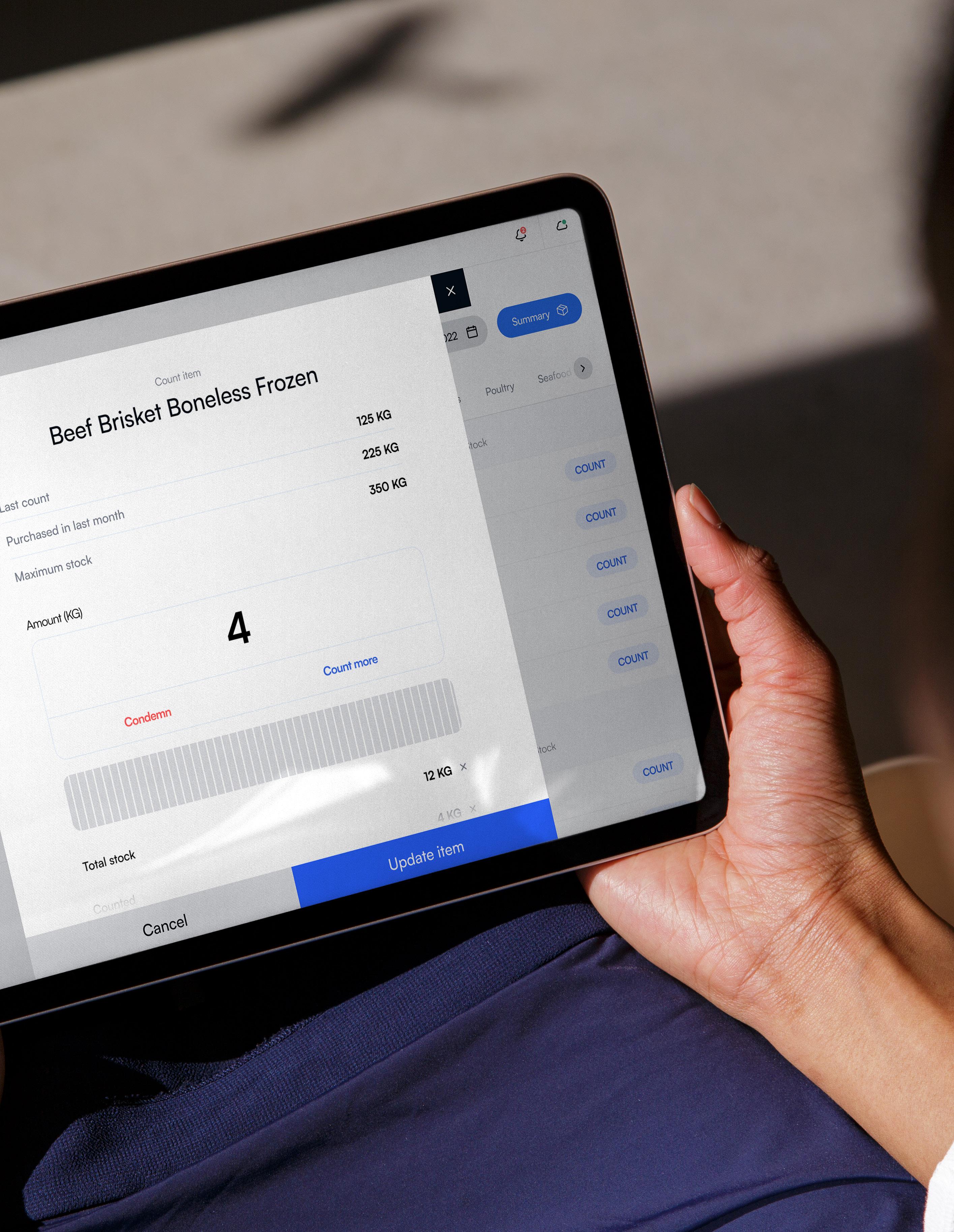

Privateers is your future digital transformation partner. We source world-class creative talent and match a tailor-made team with your organisation — giving you the speed of change you’re looking for.

meetings to get agreement and all stakeholders onboard. But our process was super rapid.
“With our expertise on hand, we managed to convert that into a programme and a project that included new ways of working for Garrets International, showcasing more agility than they were used to, that still complemented and supported their core values while introducing a new way of doing things.”
As a member of the team who helped deliver the Gateway project, Rasmus lauds the dynamic approach to digital transformation Privateers embarks upon.
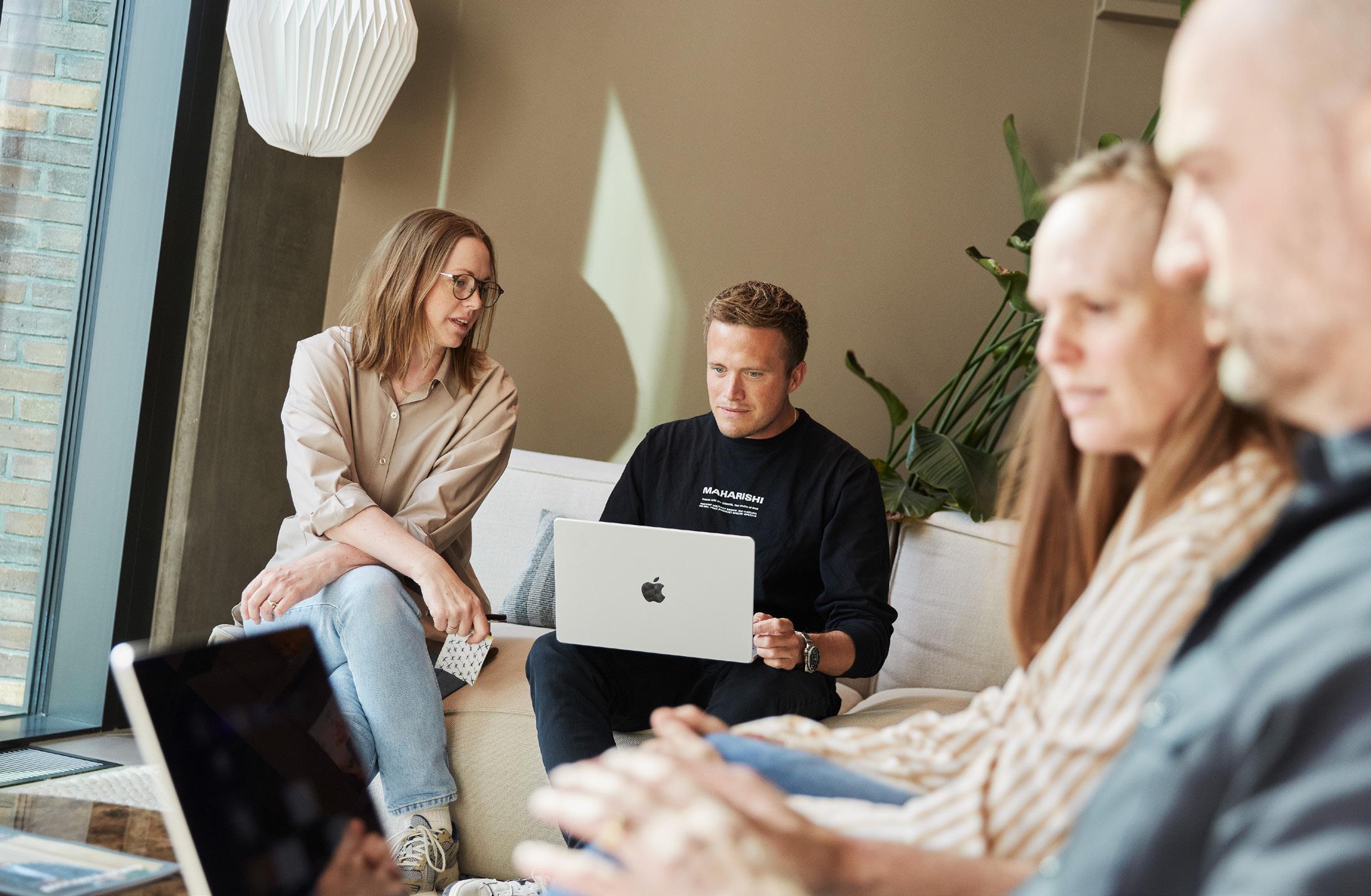
“I think one of the big differences between engaging with Privateers as a creative compared to through an agency is that as the person who does the work you pick up the phone and interact directly with the client. You have no account management layer or sales team there. We're just the actual people doing the work. I think the flexibility of that model with direct workflows provides an extremely creative and fast-moving process. I've sat with the C-suite executives and board at Garrets and designed with them, right there on the spot. In the very early stages of the project, we brought their industry experts into a room and had them map out and draw apps to imagine
the solutions they actually wanted. It's these types of approaches that are fascinating and radically different to the traditional agency setting. There’s something about getting together with other experts, creatives and designers to wield the tools we’ve built over years of experience to drive digital transformation forward – instead of following an established model. It’s a total game-changer because all we have to think about is doing great work.”
Ronni echoes the importance of excellent work at Privateers.
“One of our passions at Privateers is the quality of our approach and the tangible, positive outcomes it yields for our clients,” says Ronni. “Of course, ambition is important –but it’s paradoxical to think that putting earnings or abstract targets in front of customers and employees will propel things forward. It’s just not what drives us. We are very, very serious about good work and putting action behind our words.”

Learn more about Privateers by visiting their website privateers.dk.
Rasmus cannot wait to attend OFFF TLV 2023, a visual design festival on October 1516, 2023 in Tel Aviv, Israel.
“OFFF is an incredible event, driven by designers for designers and other creatives. It was where Adobe launched Firefly this year and given the calibre of the attendees, it is still very reasonably priced as an event. For freelancers and people interested in doing creative work or digital transformation, this is one of the best events to attend – I highly recommend it.”
Ronni embraces the opportunity that working at Privateers presents.
“We feel a sincere responsibility on behalf of the businesses we work for as the people who can be more adventurous than most, faring into the unknown with them,” says Ronni. “We have to be brave and curious as we guide our clients.”
Ronni channels the adventurous spirit of Privateers in his personal life, dabbling in acting and extreme scuba diving as ways of challenging himself to explore new experiences.
“In August 2023 I’m venturing way out in the Pacific Ocean to study big marine life and it’s going to be awesome,” says Ronni.


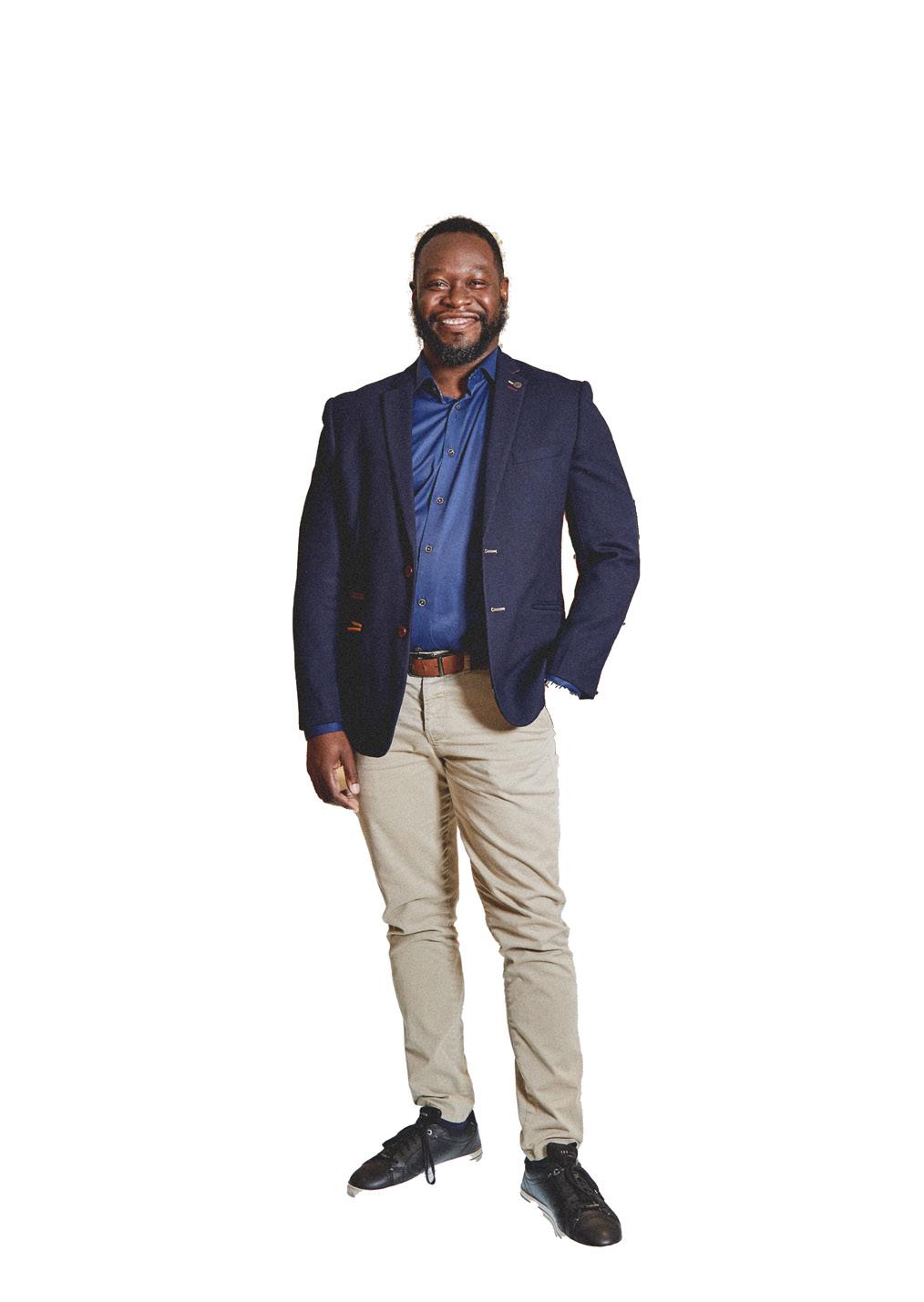



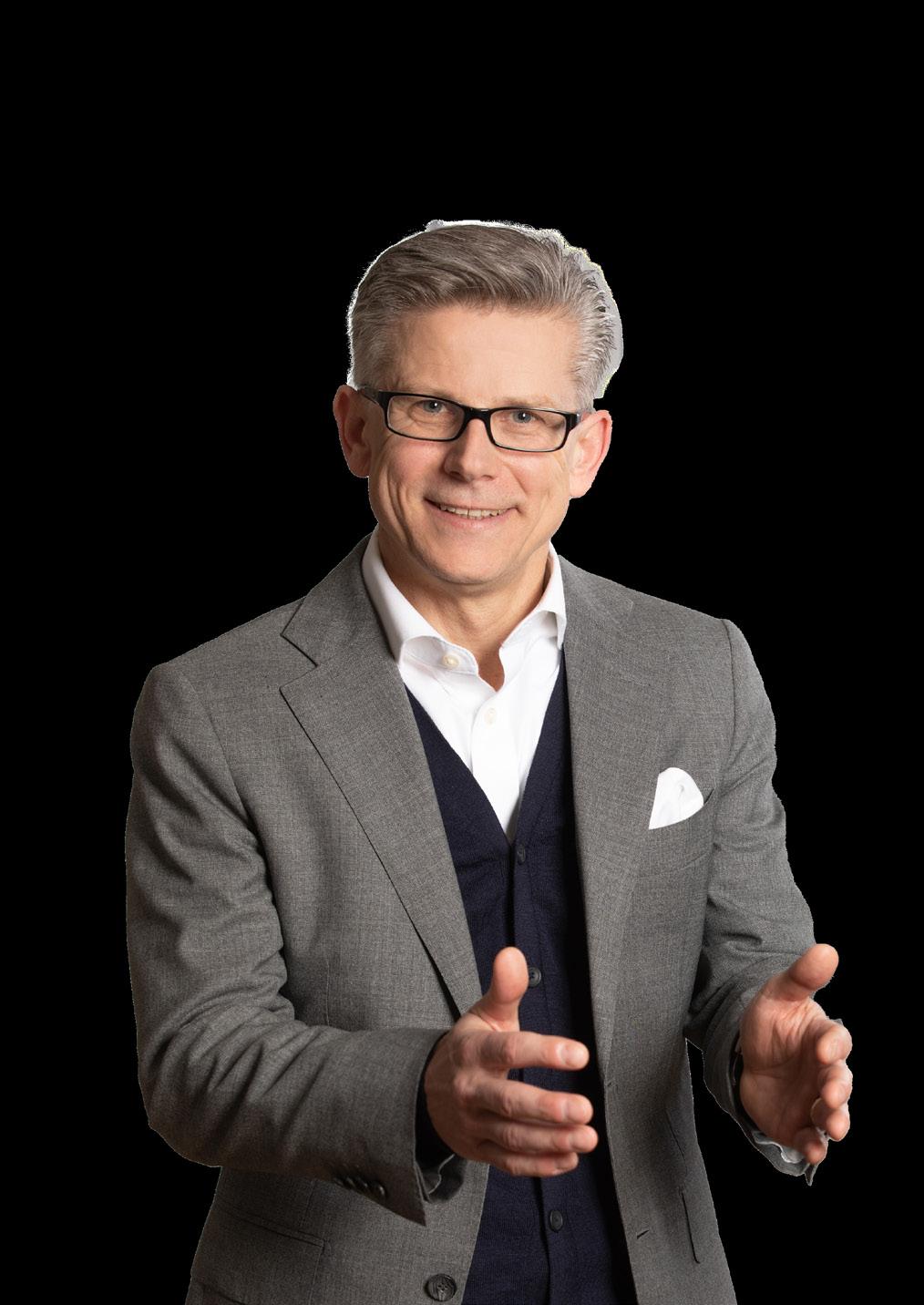





"The team were professional and diligent throughout"
Leigh Feaviour, CTIO for BT’s Supply Chain
"Absolute pleasure working with the Digital Innovation team"


Mun Valiji, Chief Information Security Officer at Sainsbury’s
"A highly professional approach"
Andy Brierley, Vice President, Cloud Application Modernisation at IBM
"Digital innovation Magazine is a very flexible and professional team"
Kim Larsen CTIO, T-Mobile Netherlands
UK-based ethical research and AI-training specialist secures global tech investment


Prolific, a bootstrapped UK scale up founded to transform research by providing quick and easy access to verified and fairly paid participants, announced it has raised £25m in a round co-led by global tech investment specialist Partech and Oxford Science Enterprises (OSE).

he company has seen strong demand for its technology platform from organisations looking to use human insights and feedback to improve and train their AI models. This builds on the existing use of Prolific by academic and commercial researchers around the world to connect with a large and unrivalled pool of vetted respondents.

a stronger presence in the United States, home to over half of its current customer base, including industry giants like Google and prestigious institutions such as Stanford University. Prolific’s UK and European clients include the University of Oxford, King's College London and the European Commission.
The new funding will help Prolific broaden its AI offerings and establish
Prolific was founded in 2014 out of a frustration with how hard it was to

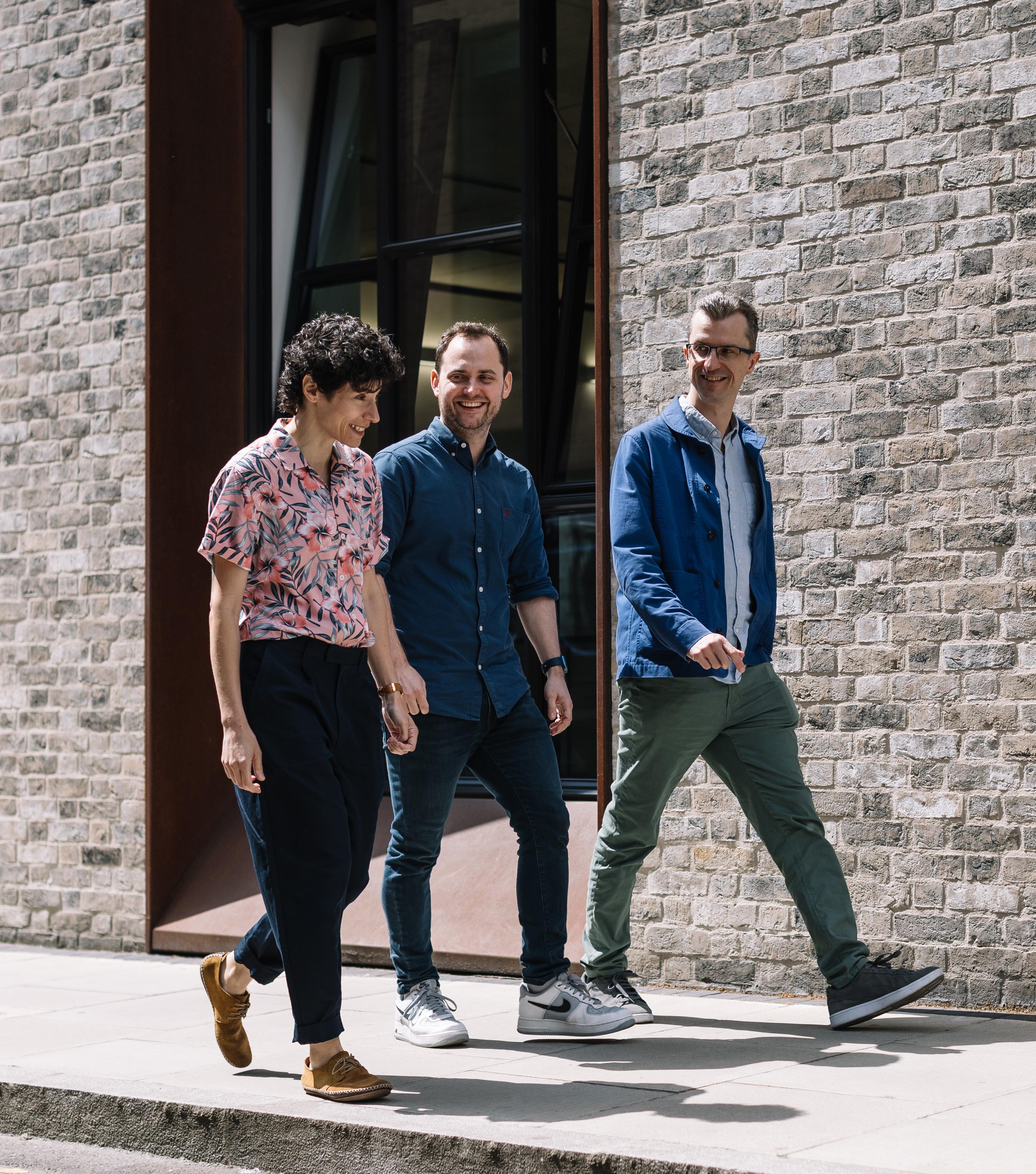

find reliable and genuine participants for online research. Existing tools were slow, expensive and participants were not always who they said they were. Prolific set out to change this and built a sophisticated research infrastructure applying technology to the sourcing, pre-screening, vetting and paying of participants, as well as integrating research tools.
Today, Prolific offers convenient access to over 120,000 active participants, enabling insights to be gathered swiftly from diverse and specialised groups. For participants, Prolific provides a way to take


“I’m incredibly proud of what Prolific has achieved already. Our platform is providing trusted insights to enable world-changing research”
Phelim Bradley, CEO and co-Founder, Prolific
part in fun, interesting and world-changing research, while earning extra money. Prolific is committed to fair compensation and has paid out over $100m to participants to date. AI will undoubtedly transform many areas of society and Prolific offers the opportunity for anyone to play a role in the safe development of this exciting new technology.


As AI models and applications grow exponentially, the source of the data used to build and train these systems becomes incredibly important and feeds into issues emerging around accuracy, bias and copyright. Prolific’s platform matches AI developers with engaged and verified people (not bots) to help improve and fine-tune their AI applications, helping to address these concerns:
Inaccuracy - ‘Hallucinations,’ or confident but incorrect responses by AI systems, have the potential to derail public trust in the technology and dissuade businesses from adoption. Prolific enables a process called Reinforcement Learning by
Human Feedback (RLHF) where the output from AI models is checked by human respondents to improve and train them. For example, the outputs from a translation model could be checked by native speakers to make it more natural and authentic. The global data collection and labelling market (including RLHF) is estimated to be a $17bn market by 2030.
Bias - When it comes to data labelling, research has found that the demographics and backgrounds of annotators matter. With Prolific’s diverse and verified participants, AI models can be trained on truly representative population samples, reducing bias.
Copyright – scraped or stolen data used to build or train AI applications is becoming an increasing concern. Prolific’s platform ensures clear auditing of sourced data, providing transparency that aligns with regulations proposed by the European Parliament.

The Series A funding will help Prolific further develop its AI proposition, including by further building highly specialised research groups which will be accessible via its platform. For instance, software developers (accessible via Prolific) can provide feedback on code generated by AI, improving its capabilities.

Phelim Bradley, CEO and coFounder, Prolific, comments, “I’m incredibly proud of what Prolific has achieved already. Our platform is providing trusted insights to enable world-changing research and we’re excited to bring these advantages to new markets. AI represents one of the biggest leaps forward in technology in recent years and our unique approach to data sourcing from humans positions us to make these systems more accountable and less biased. The funding we have secured will fuel our growth in the AI space, especially in the US, bolstering our commitment to human-guided AI development during this pivotal
moment in the technology's progression.”

“Prolific has built an incredibly powerful online platform for research,” says Omri Benayoun, General Partner at Partech. “Its roots in academia mean that it has applied the highest standards to quality, while its technical expertise brings innovation that sets it apart from anything else out there. Where others rely on manual recruitment methods, Prolific has built a research infrastructure covering everything from the recruiting and vetting of participants to integration of research tools. Prolific is poised to conquer global leadership



in academia and is also perfectly placed to aid the development of AI.”
Sam Harman, Investor Director, Oxford Science Enterprises, says, “We invest in companies with the potential to revolutionise their field and become market leaders and that is why we’re incredibly proud to back the team at Prolific on their latest fundraise. Prolific is changing the way we build data-driven ecosystems, by empowering both researchers and participants alike, and we are excited to continue supporting the team on realising their mission of making trustworthy data accessible to everybody.”
Over 22,000 researchers have been active on the platform in the last year and a study is launched on Prolific every 3 minutes. The company, which now has more than 100 employees, became profitable in 2020 and has since reinvested all capital into its growth.

Source: Prolific












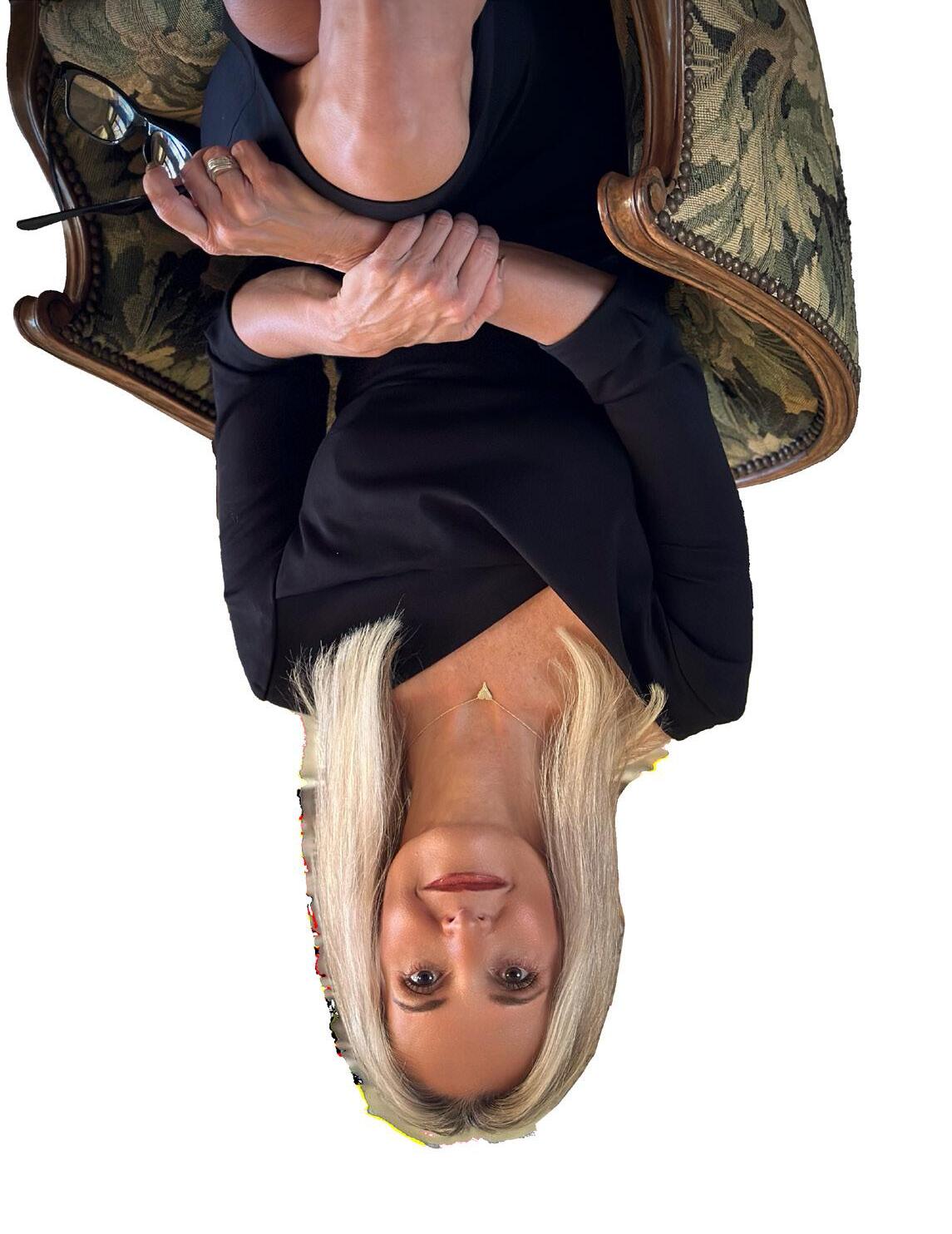
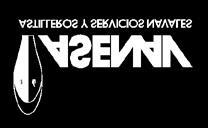






















Is your business operating as efficiently as it could be?


today’s rapidlyevolving commercial landscape, being an early adopter of the latest technology can set your business apart from competitors, open the door to a wider market of potential customers or simply help cut costs.
Fintech – a portmanteau of ‘financial technology' – is helping both businesses and individuals to take better control of their finances. Here we break down seven ways fintech is benefitting businesses –and how it could do the same for yours.

One of fintech’s most important impacts is its ability to democratise finance, making it easier for anyone to manage their money in a userfriendly way. Online banking and phone banking apps are one example of this – now it’s easier than ever for people to manage their money.
This brings about various advantages for underbanked or marginalised communities, such as people with disabilities, who can manage their

money from their own homes. The ability to customise your experience on a PC or mobile banking device could alleviate the pressure on neurodivergent people who may struggle with the stimulating experience of going to the bank in person.
In many cases, fintech benefits both the business – who make their services more accessible and inclusive to a wider market – and the user, who can interact with the service in the way best suited to them.

Fintech has also helped level the playing field for businesses, particularly SMEs, in light of rising
“IF YOU’RE LOOKING TO INCREASE THE CYBERSECURITY MEASURES IN PLACE AT YOUR BUSINESS, FINTECH CAN HELP YOU DO SO”
operating costs. Fintech can help cut overheads with increased automation and protect companies from potentially costly online scams.
If you’re looking to increase the cybersecurity measures in place at your business, fintech can help you do so. AI-powered fraud detection algorithms can analyse user patterns to identify when a fraudulent transaction is happening in real-time.
For large-scale transactions, advanced authentication features like biometrics and multifactor processes can help put new clients at ease and increase the security of your business. This additional level of security can also help put customers’ minds at rest – people can relax knowing their concerns are accounted for.

In today’s world, businesses can maximise their revenue by accepting multiple forms of payment. Businesses which accept cryptocurrency as a form of payment are opening their doors to an entirely new revenue stream, which can set them apart from competitors.
There are plenty of other benefits for businesses which accept crypto – the currency
is international, meaning no worrying about exchange rates. Transactions are processed more quickly than a traditional monetary transfer, which means cash flow problems can be alleviated with ease.
Fintech can also be used to help streamline the customer experience and increase your understanding of your audience base. Smaller businesses may

not have the resources to run a manned customer support service at all times – AI-powered customer service tools like chatbots can help with more standardised queries.
In most cases, today’s customers like an immediate, personalised service. Using automated technology can provide this – advanced AI can address your customers by name and recommend items based on their earlier buying habits.

In recent years, the development and democratisation of card payment terminals have enabled businesses to grow more easily than ever. Companies like Square have made it affordable for companies to accept card payments, thanks to a flat rate processing fee in lieu of monthly subscription or account maintenance fees.
This, in turn, attracts a wider customer base. With fewer people carrying cash – especially since COVID – businesses lose out on revenue if they’re unable to support card payments.
Looking for external funding to help take your business to the next level? Crowdfunding platforms are another form of fintech at your business’s disposal.
Look out for platforms like Crowdcube, a fully-regulated crowdfunding investment platform with over 6,500 investors. Businesses can choose whether they’re asking for seed funding (£150k-£249k), early funding (£250k-£750k), or growth funding (£750k+).
Another way in which fintech can benefit businesses is through cost-saving. Greater potential for automation as a result of technology like AvidXchange has reduced the need for manual

invoicing and payment processing, freeing up your employees to deal with more complex requests.
By streamlining your payment process, your business saves time and money – and your customers and partners will benefit by receiving invoices faster than ever.
We expect the fintech industry to continue expanding in the coming years. More and more businesses are adopting fintech into their operations and the number of financial technology solutions or service providers, with myriad potential applications, keeps increasing.
Expect to see new fintech innovations for both personal and commercial use. For businesses and startups, it’s vital to stay on top of any new technologies that could help improve your operations.
Source: Anglo Scottish Finance



However, in recent years many have pointed out the restrictive nature of this system, the most notorious being Dr Mik Kersten, author of Project To Product: How to Survive and Thrive in the Age of Digital Disruption with the Flow Framework. One of the downfalls of project working is budget management during the iteration stage. But are some of the costs that arise when developing new products avoidable?
When businesses are projectoriented, business cases are created to justify funding and the budget for each project is set at the very beginning. While finance processes have often relied on waterfall

have always been a popular way to organise software development and funding.

approaches, this can pose a variety of challenges. For starters, if the project runs over, new negotiations are needed for extra funding. Then, once the project reaches the final Quality Assurance (QA) phase, it can become more expensive than expected if multiple changes are needed. In agile, the QA phase is considered an anti-pattern as it should begin from the initial
design meeting through to feedback instead of having its own step in the process.
Project teams are often shortlived, so, once the project has been completed, the team will usually disband. However, when changes are needed later, reassembling the team can be difficult and costly. The combined


knowledge would have also been lost after separation and it takes time for team members to get back up to speed on how the service or system was left.
In the interim, other teams may have also made minor changes that were not documented, tested or implemented correctly – leading to technical debt and refactoring. This is because


the speed of delivery is often prioritised over proper technical implementation. Despite wanting to develop software as quickly as possible, teams end up having to go back and reflect on what they have learnt.
Often, most projects will depend on the delivery status of others, and whether these
have been started, as well as companies’ typical Business As Usual (BAU) work. Common examples of BAU work include system maintenance, configuration changes, updating security patches and preparing demos for presales work.

Balancing both BAU and project work can be challenging, particularly for over-capacity teams. This can be solved with a very clear prioritisation methodology, which should be consistently applied across the organisation. Product prioritisation is based on delivering value to the customer quickly by prioritising features that matter most to the end-user. In the same way, BAU should also be prioritised and ranked against features to deliver value.
If a feature can’t be delivered due to tech debt, the technology needs to be prioritised and addressed before the feature is delivered. If BAU work is not prioritised alongside feature delivery, further progress
is blocked, adding cost implications and decreasing the value achieved so any business benefits cannot be recognised.
Not all employees need to be involved in projects and businesses are increasingly considering a microservice or microservicebased approach. When thinking about long-term development, projectbased teams cannot offer businesses the speed and scalability needed to get ahead.
Instead, businesses are turning to product-based teams. These are long-lived groups that collaborate

“Product prioritisation is based on delivering value to the customer quickly by prioritising features that matter most to the end-user”
with other product teams via microservices. They are made up of multi-skilled individuals that take ownership of a product from concept to decommissioning. By creating product teams, businesses are moving away from ‘get this project done quickly and move on to the next’ and towards ‘let’s
create a successful product that our customers value.’


Creating smaller, highly skilled teams that centre around one product removes the restrictive barriers that often add to the budget. Product teams manage their budgets using valuebased prioritisation. The team
determines what features to deliver within the fixed budget to continuously iterate and improve customer value.
The traditional project-based approach to software development and digital service delivery is becoming increasingly outdated. By forming smaller, specialised teams


that take ownership of a product from start to finish, companies can break free from the constraints that hinder budget management and foster a culture of continuous iteration and customer value. This transition paves the way for long-term success and enables businesses to thrive in an era of digital disruption.
Source: Catapult CX

cybersecurity measures

In the ever-evolving digital landscape of today, websites face an increasing number of sophisticated cyber-attacks. A recent report highlighted only 3 in 10 businesses have undertaken cyber security risk assessments in the last year.


However, the application of AI technology presents a valuable opportunity to save time and resources while supporting cybersecurity measures.
Automated threat detection
AI algorithms have the capability to scrutinise website traffic and user behaviour, enabling the
identification of unusual patterns and anomalies.
Daniel Pearson, CEO at KnownHost comments, “One key advantage of employing AI for threat detection lies in its ability to swiftly process vast amounts of data. Traditional manual methods, where security analysts manually sift through data, are both time-consuming and inefficient.


“Additionally, human error can increase the likelihood of missing critical security concerns. With AI algorithms, this process can be automated, significantly reducing the time required to detect potential threats.”
AI also possesses the capability to recognise a wide range of threats, such as malware exploiting vulnerabilities on a website or identifying risky behaviour. Research highlights over two-fifths (43.9 per cent) of organisations suffered six or more successful cyberattacks last year.
However, due to its rapid learning capabilities, AI can recognise patterns and characteristics based on past cyber-attacks. For instance, if AI identifies a pattern of suspicious activity, it can promptly alert website administrators.


Traditionally, passwords have been the primary method of user authentication, but poor password hygiene remains prevalent. A study revealed ‘password’ itself is the top pick password across the UK – and slight variations are not far behind. Additionally, 88 per cent
of Brits reuse passwords across multiple sites, making them more vulnerable to data breaches.
A 2022 report showed a sevencharacter password could be cracked in 31 seconds, while one with six or fewer characters could be cracked instantly.
Knownhost’s Daniel Pearson adds: “AI-driven authentication processes such as facial recognition and biometric authentication offer enhanced security, when used in combination with passwords. These security measures prove



“AI-driven authentication processes such as facial recognition and biometric authentication offer enhanced security, when used in combination with passwords”
Daniel Pearson, Knownhost
particularly efficient when individuals need to remember multiple complex passwords. Biometric authentication measures are also less susceptible to hacking than traditional passwords.”
Facial recognition has also overcome obstacles related to processing a range of skin tones and features. Utilising biometric methods tends to be more secure
than traditional authentication methods like passwords because replicating a user's behavioural patterns is significantly more challenging.
It was reported that it took an average of 277 days – around nine months – for businesses to identify and report a data breach. The average cost of a data breach


hit a seven-year high in 2022, increasing to £3.93 million.
Not only do these financial implications severely impact businesses, but the delay in detecting data breaches can also have a significant impact on reputation and customer trust.


Mr Pearson adds, “Real-time analysis refers to AI's ability to monitor and analyse data
accurately in real-time. AI can provide immediate responses such as disabling access to specific pages or services under attack, helping prevent further access and limiting the damage caused by the attack.
“AI can also block traffic from specific IP addresses identified as malicious or associated with suspicious activities. Likewise, AI can operate active firewalls


to detect and block attacks in real-time, without the need for human intervention.”
The most common cyber threat faced by UK businesses is phishing, with an estimated 3.4 billion spam emails sent every day. But information from past attacks can serve as a valuable resource to prevent future instances of phishing.
While many people are aware of the need to be cautious of suspicious-looking emails or websites, phishing attacks are becoming increasingly advanced.

AI can also analyse the content of emails to identify language patterns or characteristics commonly used in phishing emails. Even as phishing attempts become more sophisticated and appear genuine to general computer users, AI's deep learning capabilities can adapt to new techniques and identify even the most impressive-looking phishing attempts.
AI can identify potential security weaknesses that may be
exploitable by hackers and may go unnoticed by data analysts. As cybersecurity systems advance, hackers also evolve in their attempts to exploit weak points.
Traditional antivirus software relies on signature-based detection, which can only detect known malware. AI can detect unknown malware variants by analysing behaviour.
A report indicates that cybercrime is projected to cost businesses worldwide over $10 trillion by 2025. Vulnerability scanning ensures that security issues can be addressed before they pose a significant cost to a business. AI can scan an entire system to identify critical security concerns that require immediate attention and provide a risk score to assist cybersecurity experts in prioritising these concerns.
This vulnerability scanning process can significantly reduce fatigue among cybersecurity teams. Instead of spending extensive time identifying risks, these teams can focus on enhancing security systems based on the insights provided by AI.
Source: KnownHost
A new strategic partnership to catalyse innovation and empower businesses.


The Institute of Innovation and Knowledge Exchange
(IKE Institute), the UK professional body for innovators specialising in innovation and digital transformation, has signed a collaborative Memorandum of Understanding (MoU) with PA Consulting, the company bringing ingenuity to life.
his strategic partnership aims to drive digital transformation training and development, empowering businesses to benefit rapidly from the evolving digital landscape.

The MoU leverages the collective and deep-domain expertise of the two organisations to drive innovation and shape digital strategies, particularly, in multiple market verticals and infrastructure.
Co-creating tailored training programmes, utilising cuttingedge technologies and insights to equip professionals from the


aforementioned sectors, this will ensure the development and delivery of comprehensive and beneficial measures for their client organisations.
In addition to the development of upskilling programmes, the collaborative arrangement will also offer strategic advisory services, advanced technologies implementation and integration, including amongst others, artificial intelligence, machine learning, advanced data analytics, Internet of Things (IoT), smart sensors and cybersecurity solutions, all of which aim to improve operational efficiencies and resiliency, thus, generating strategic advantages.
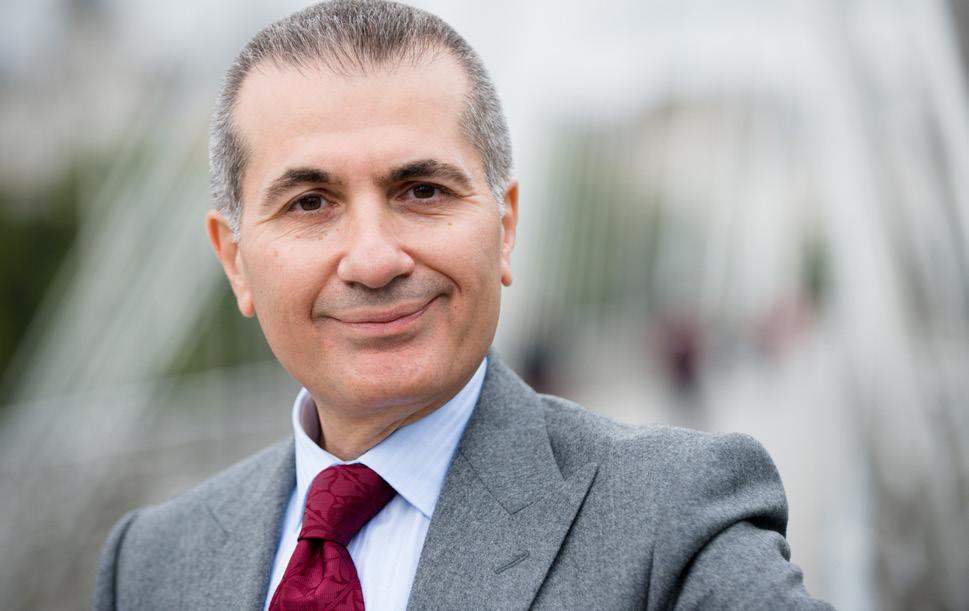
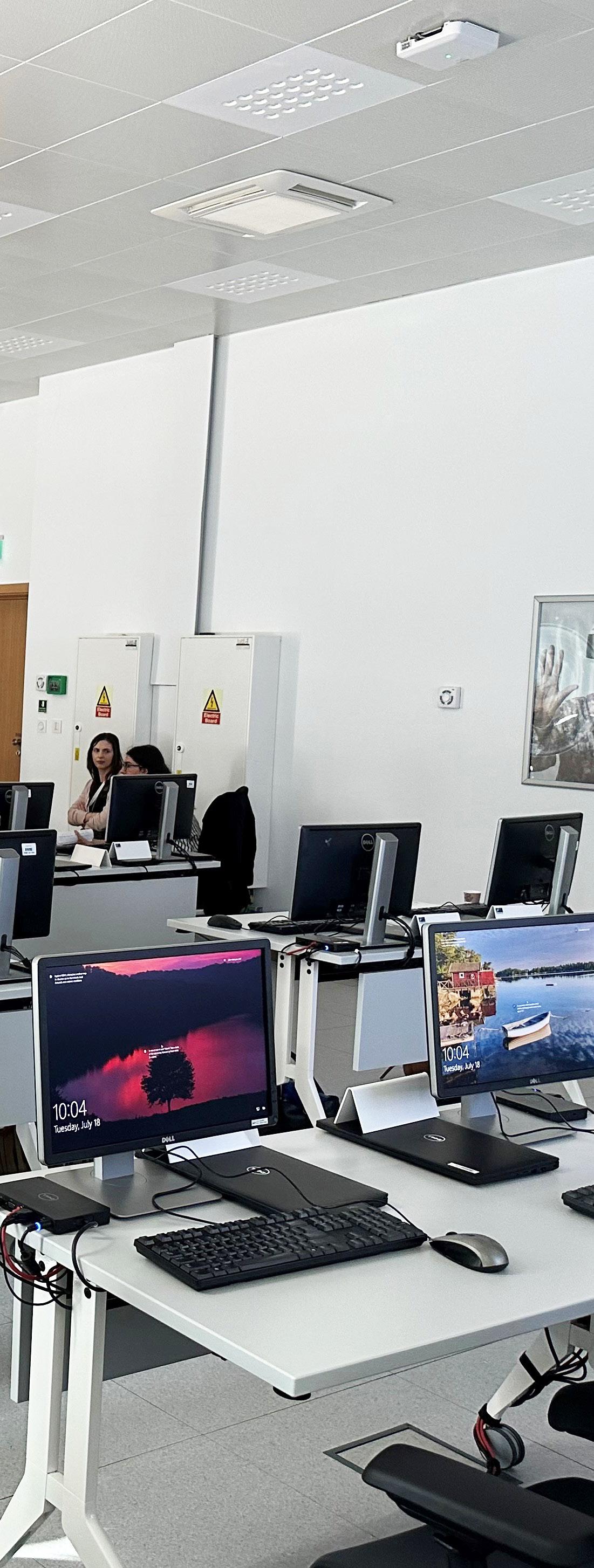
said,
“We are very excited by establishing this MoU with PA Consulting, a company that shares our commitment to
driving innovation and digital transformation excellence. Through this collaboration, we aim to bridge the skills gaps for our clients, members and stakeholders, and bring holistic digital transformation solutions that address the unique challenges of today’s everchanging digital landscape. The combined strengths of our organisations will create a force multiplier for good, leveraging IKE Institute’s experience in setting International Standards with such organisations as ISO and BSI, as well as our extensive knowledge in professional development."
David Russell, Technology and Innovation expert at PA Consulting said, “The partnership between the IKE Institute and PA Consulting represents a powerful collaboration, combining
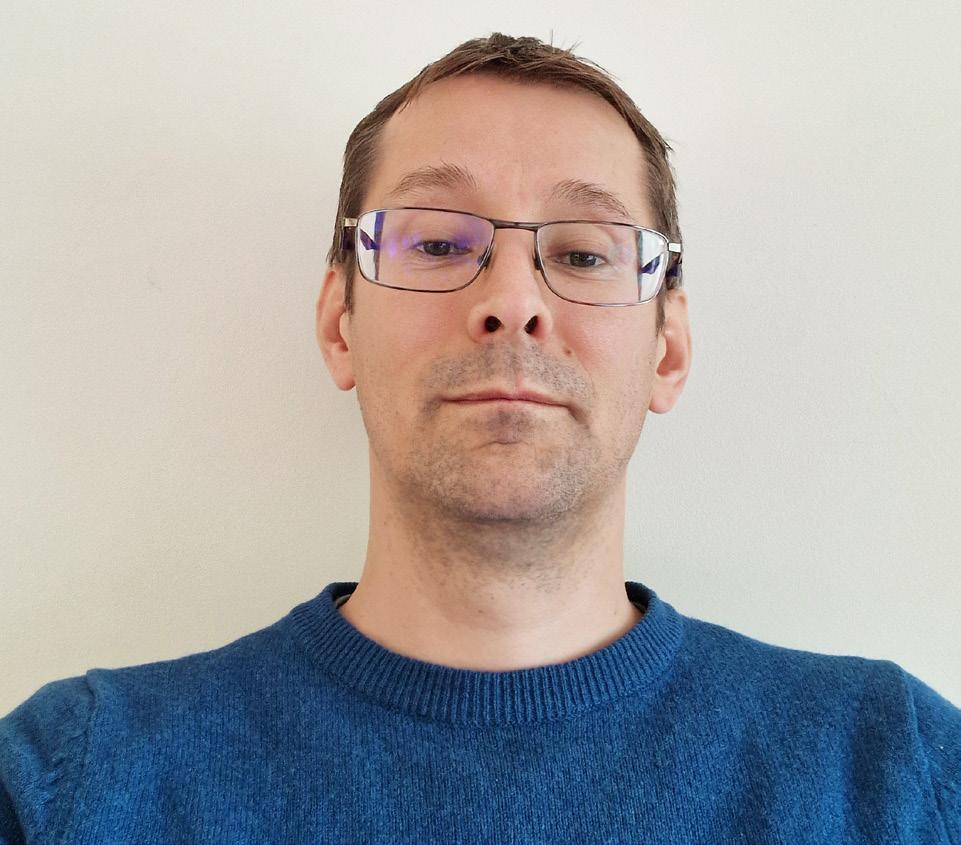
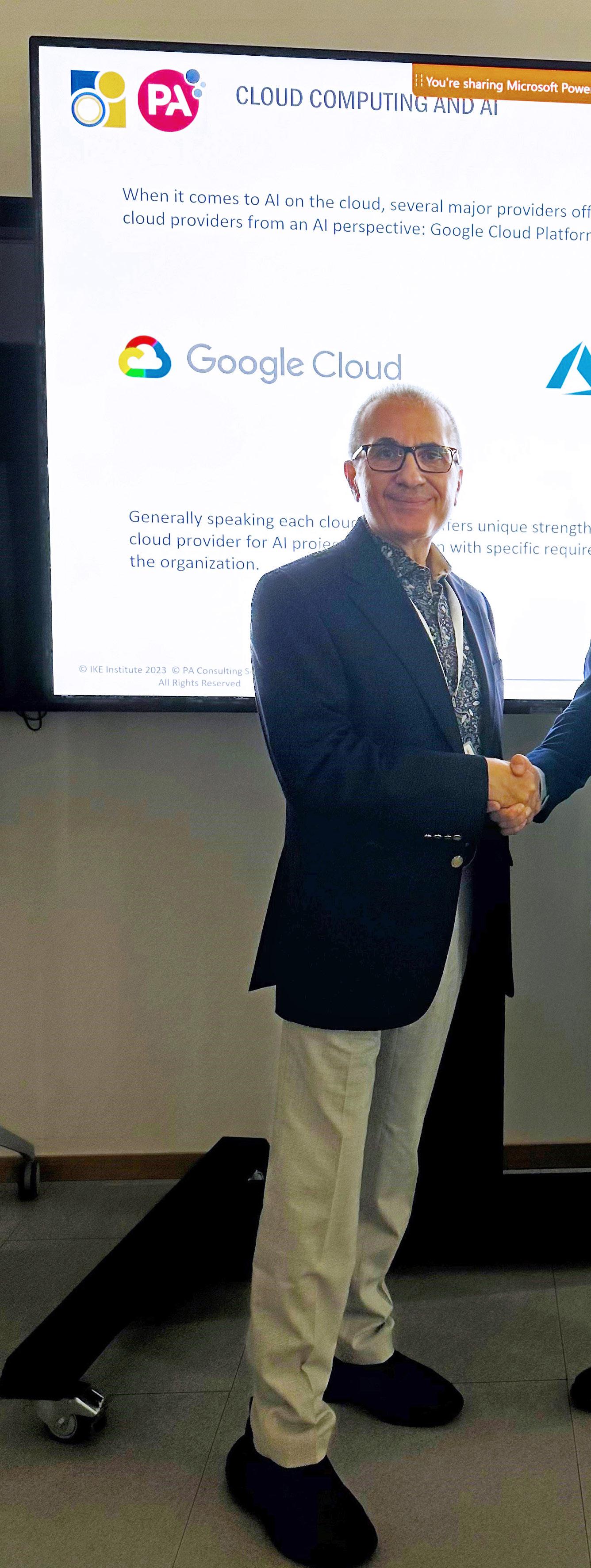
deep industry expertise with transformative capabilities. We look forward to working together to help organisations harness the full potential of digital technologies, driving positive impact and delivering sustainable value.”

Dr Ana Smith, Satellite Communication and Complex system expert, PA Consulting, and the lead for this collaboration, said, “This is going to be a longterm engagement, bringing our capabilities together, to make a significant impact and change for our clients. PA’s collaboration with IKE Institute, who are the very embodiment of original thinking and creative delivery, aligns closely with PA’s purpose, ‘bringing ingenuity to life.’ At PA we are keen to maximise value in our offerings

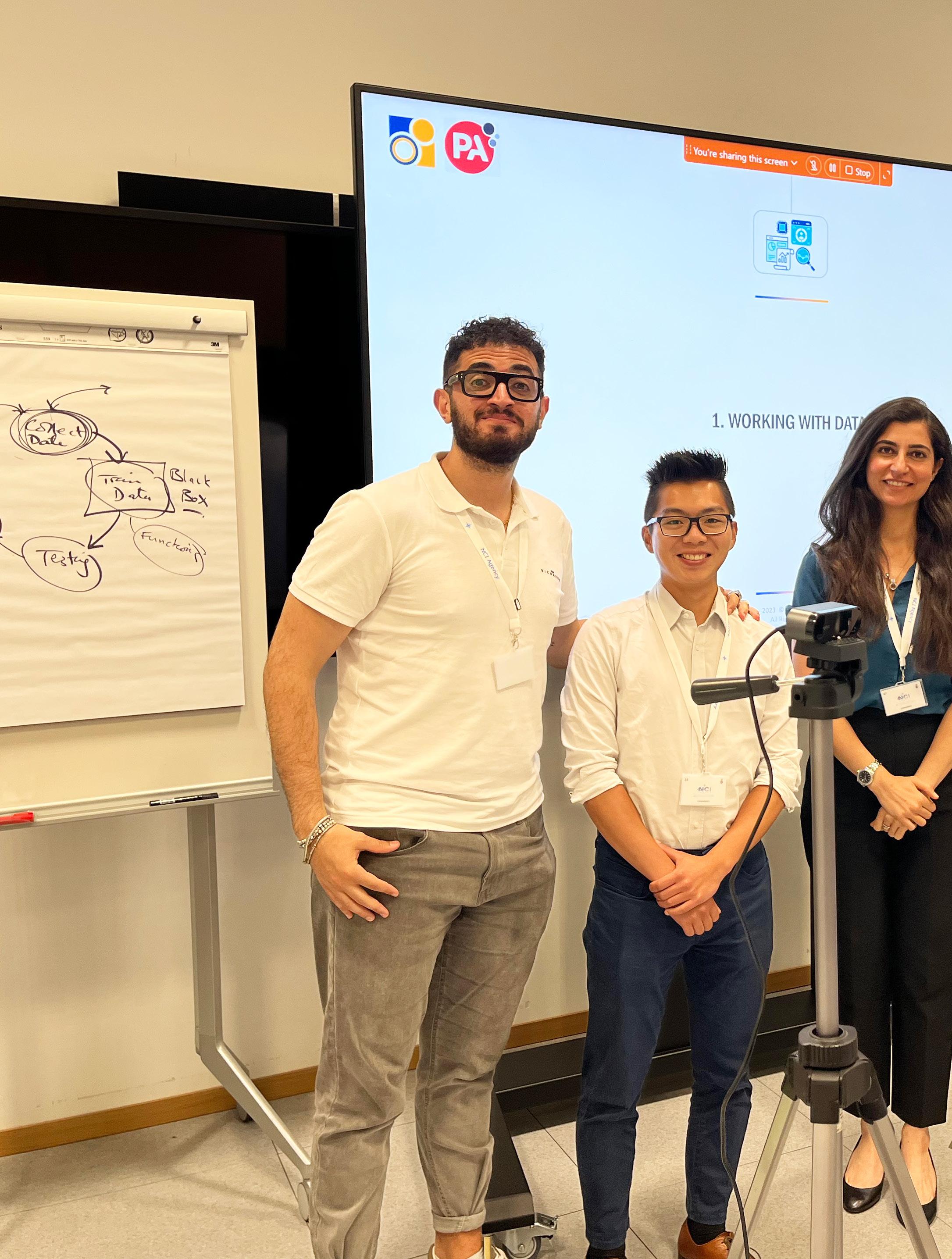
and this new collaboration will propel this cause to its absolute best.”
Michelle Medhat, Operations and Strategic Development Director, IKE Institute, and lead for this strategic partnership, said, “The marrying together of innovation capabilities with technological excellence will deliver an enabling force to solve greater issues facing our clients, members and stakeholders, helping meet real needs, so that performance growth can still be achieved, despite fluctuating economic conditions. Working together, we can supercharge innovation and digital transformation to create new opportunities for our respective organisations, and our clients, members and stakeholders.”
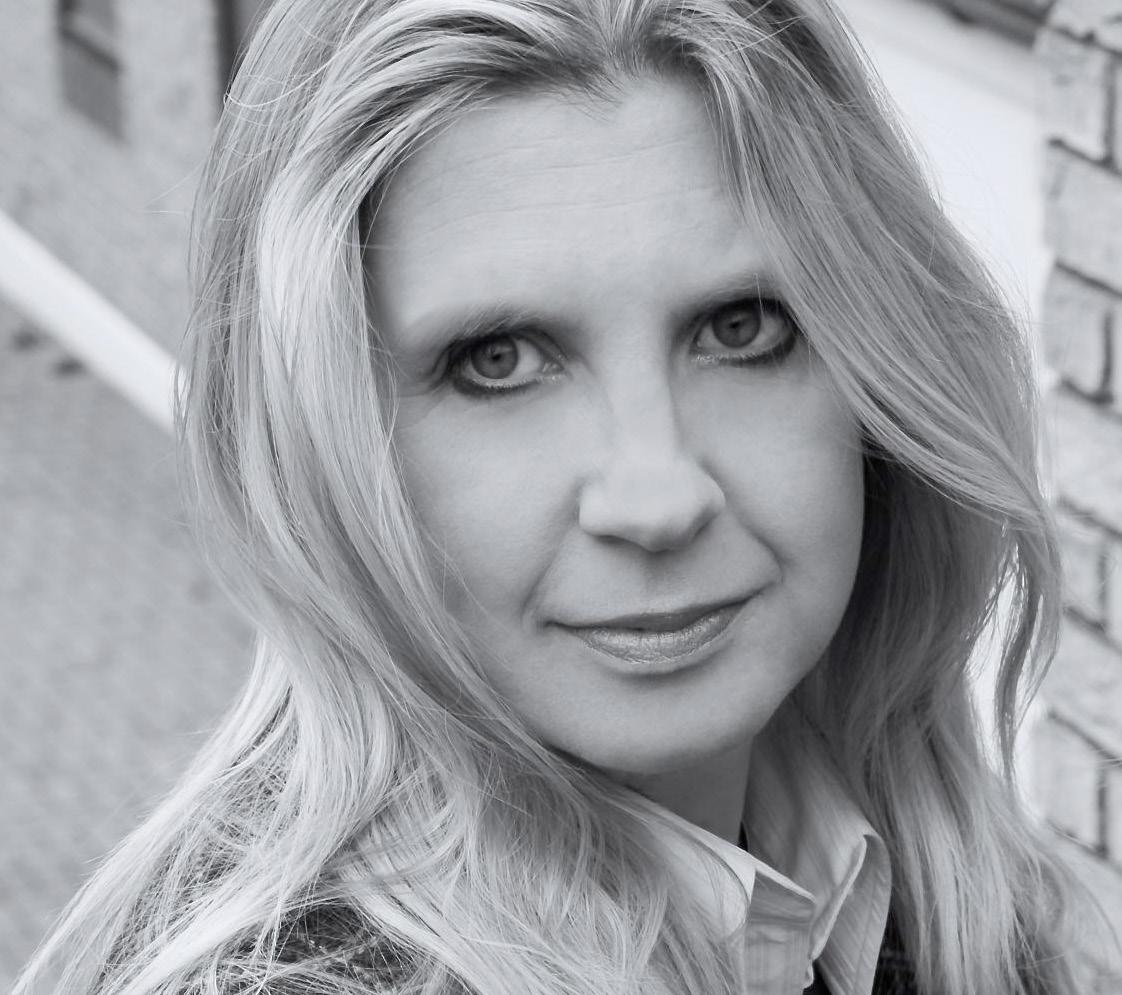

Disruptive digital platform: Revolutionising Agriculture/ Food-Tech and Climate Protection solutions that benefit both people and the environment.

ETTA GREEN DEEP TECH is a disruptive, innovative and exciting European company at the forefront of the agriculture and food industry. The startup’s origins stem from a collaborative effort to create a disruptive and modular digital platform with MIT (Massachusetts Institute of Technology) and Columbia Business School (CBS).
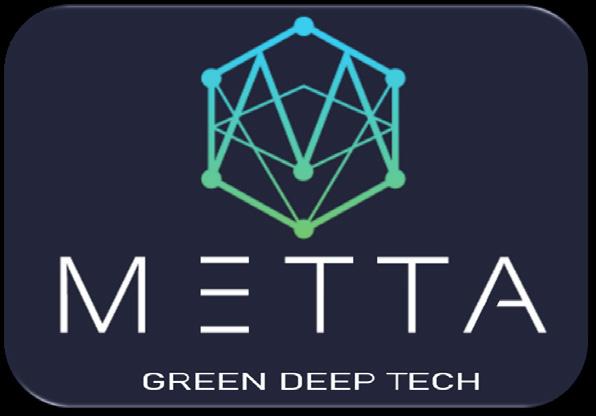
Its flagship product, 4BIOGROWFOOD, is designed to improve alternativeprotein production, reduce carbon emissions, address food shortages and enhance yield and quality (20110 per cent) with fewer resources supported by tailor-made digital models. With the projected global population reaching 10 billion by 2050, the pressure on stakeholders, from farmers to governments, to tackle the imminent food crisis is immense. The company’s product aims to provide
METTA GREEN adopts an absolute customer-centric approach, considering users’ needs, behaviour and concerns. It understands the challenges the farming and food production industries face, including natural disasters, rising costs and supply chain issues. Governments and stakeholders worldwide actively seek unique solutions to meet the growing demand for food.
The startup is driving change in reforestation, alternative-protein production and precision farming by leveraging cutting-edge technologies such as AI, IoT, machine learning and blockchain. These advanced tools enable the company to

create a symbiotic ecosystem that optimises efficiency, sustainability and productivity across all areas of implementation.

The company’s enhanced team has garnered interest and support from various regions and entities. It is in consultation with the City of Dortmund’s Economic Development Agency, known as one of the greenest cities in the world. The startup has received requests from Asian and African governments to test its services, potentially impacting over 2 billion people. METTA GREEN’s aim is to expand its presence in EU countries and it has been supported by the Honorary Consulate of the Slovak Republic in Germany. There is also initial interest from the Middle East in its solutions for desert reforestation.

Peter Hegedüs, Founder and Managing Partner CEO at METTA GREEN is a visionary, scientist, manager and digital expert. His

mission and vision? Grant every child access to fragrant forests and a future fuelled by healthy, sustainable foods. “METTA GREEN fearlessly disrupts, delivering tangible solutions,” says Peter. “We don't just talk – we act, achieving real results. Together, let's ignite global transformation for lasting harmony and well-being.”
METTA GREEN welcomes investors or partners to join them on its transformative journey towards a greener future. They are seeking allies that can work with them to drive significant change, creating a disruptive, symbiotic, data-driven ecosystem that optimises agriculture, forests, and climate, supports alternative-protein production, and ensures sustainable and innovative farming practices. With a focus on technology, expertise, partnerships and a commitment to the 3P values (People, Planet, Profit), METTA GREEN strives to contribute to a more sustainable and prosperous future for all.
“We don't just talk – we act, achieving real results. Together, let's ignite global transformation for lasting harmony and well-being”
Peter Hegedüs, Founder and Managing Partner CEO at METTA GREEN DEEP TECH






